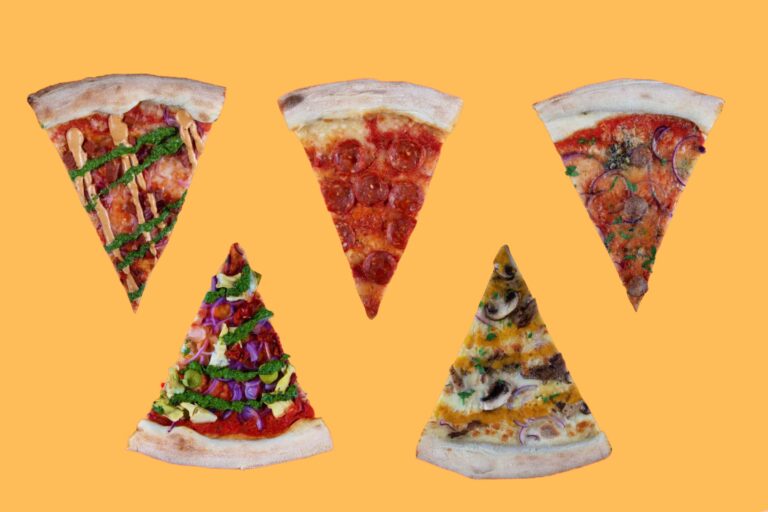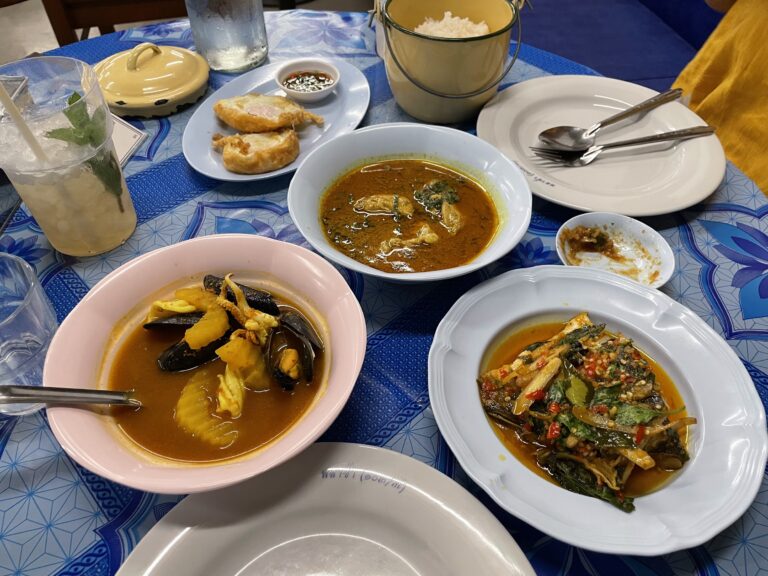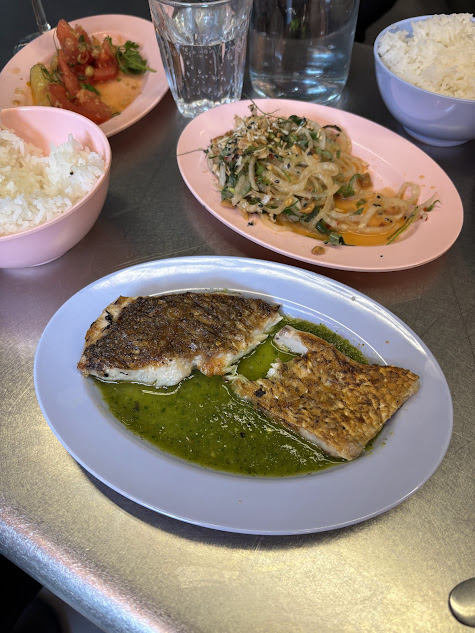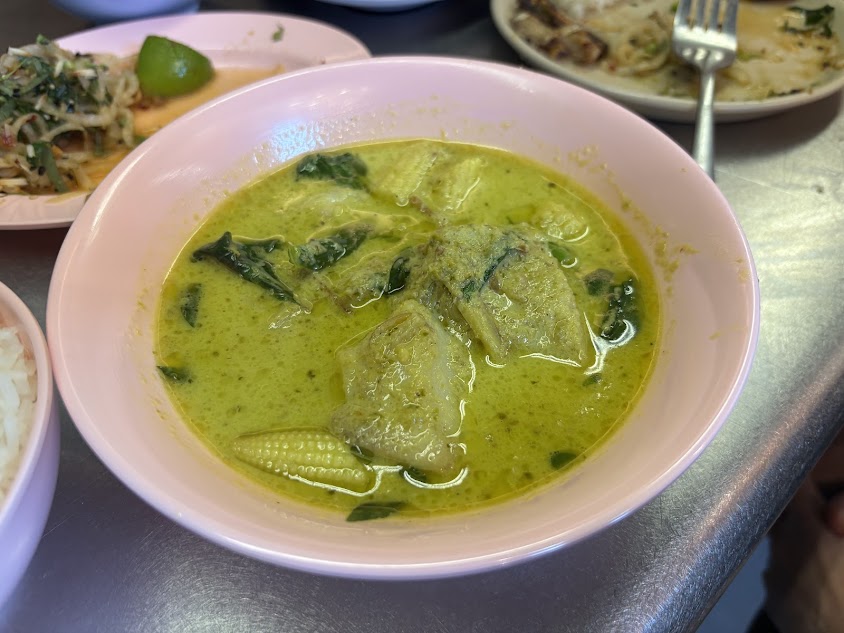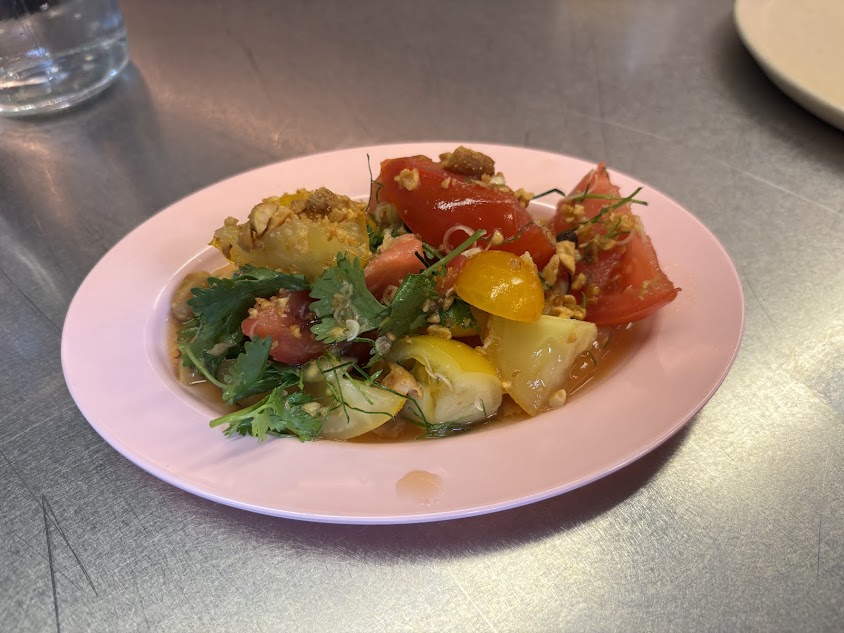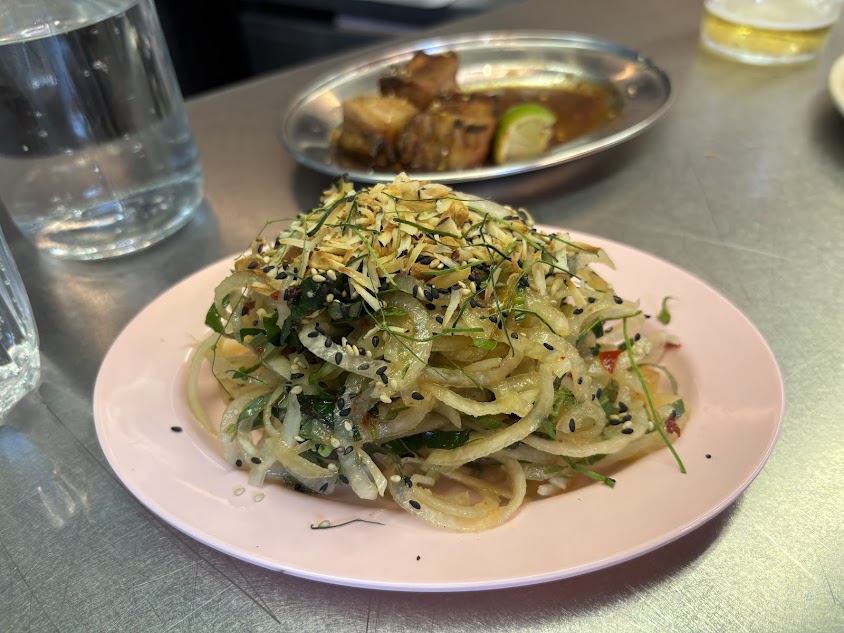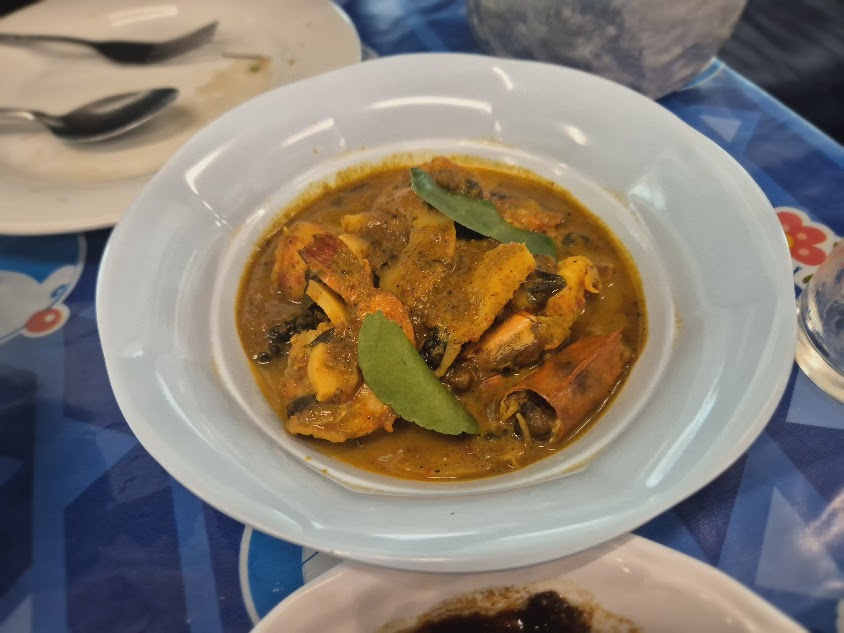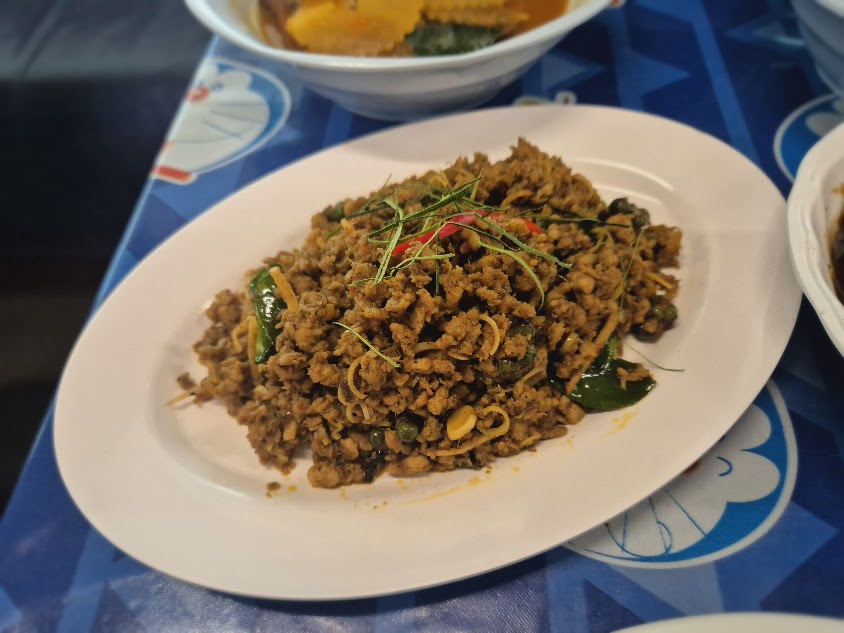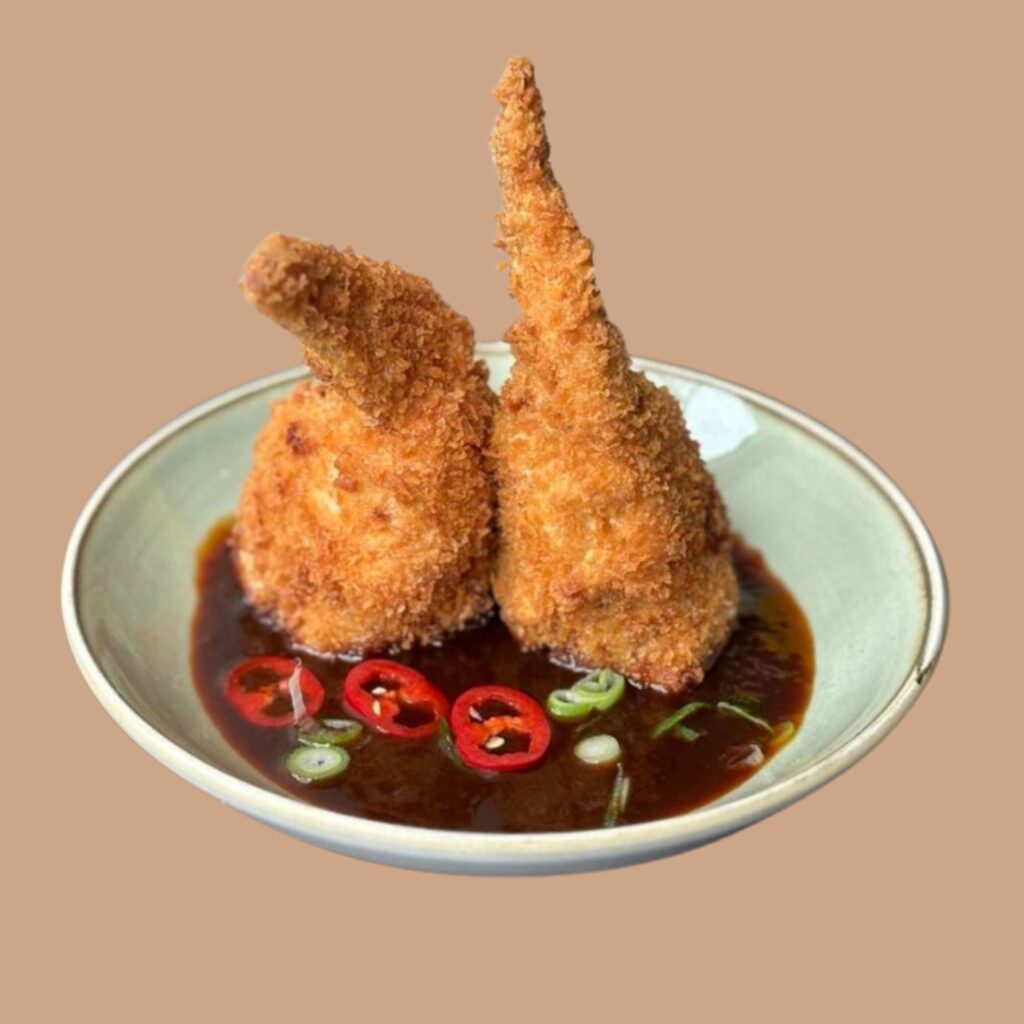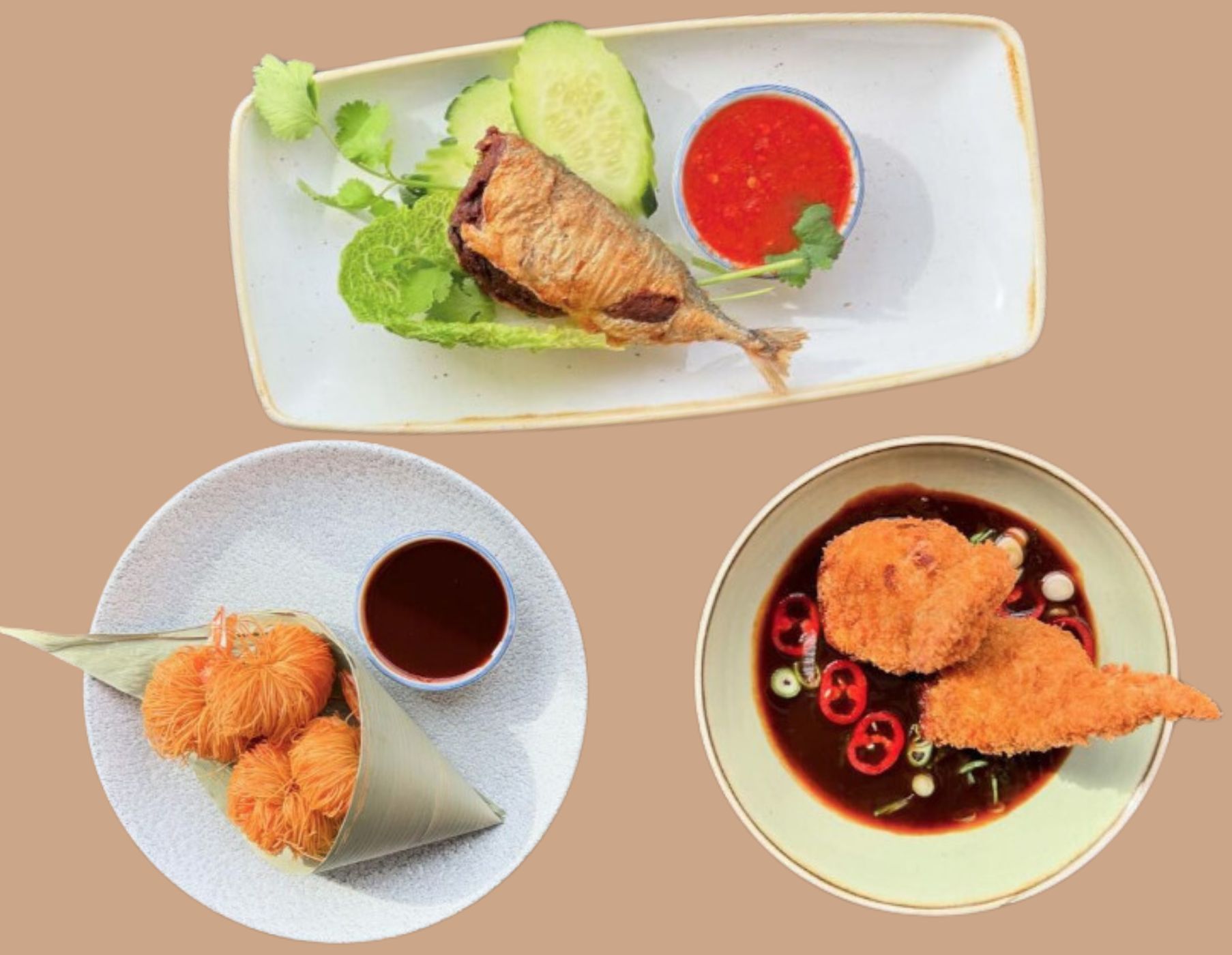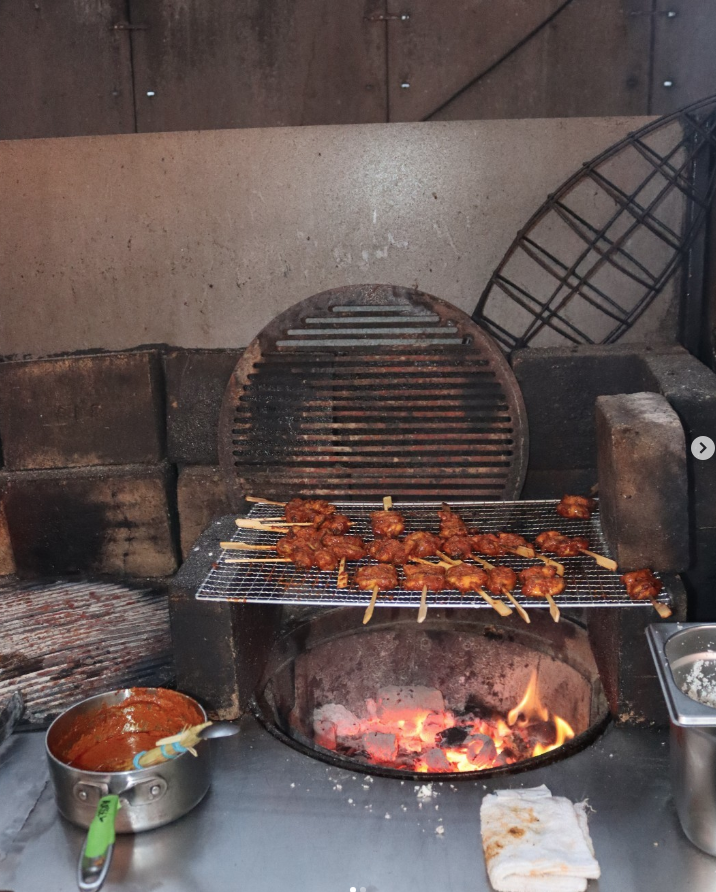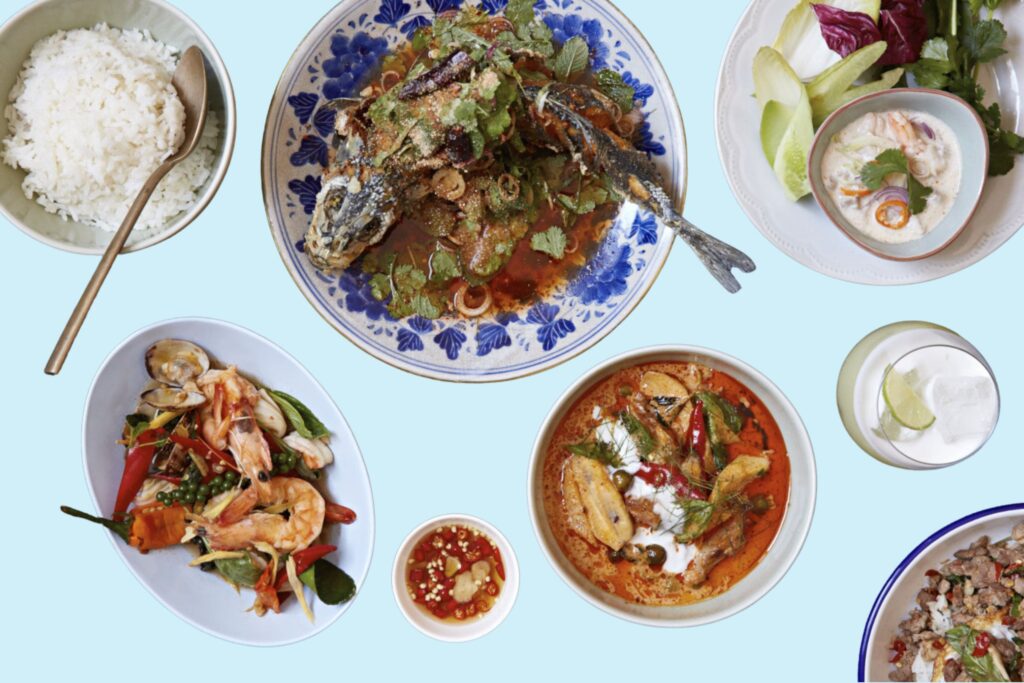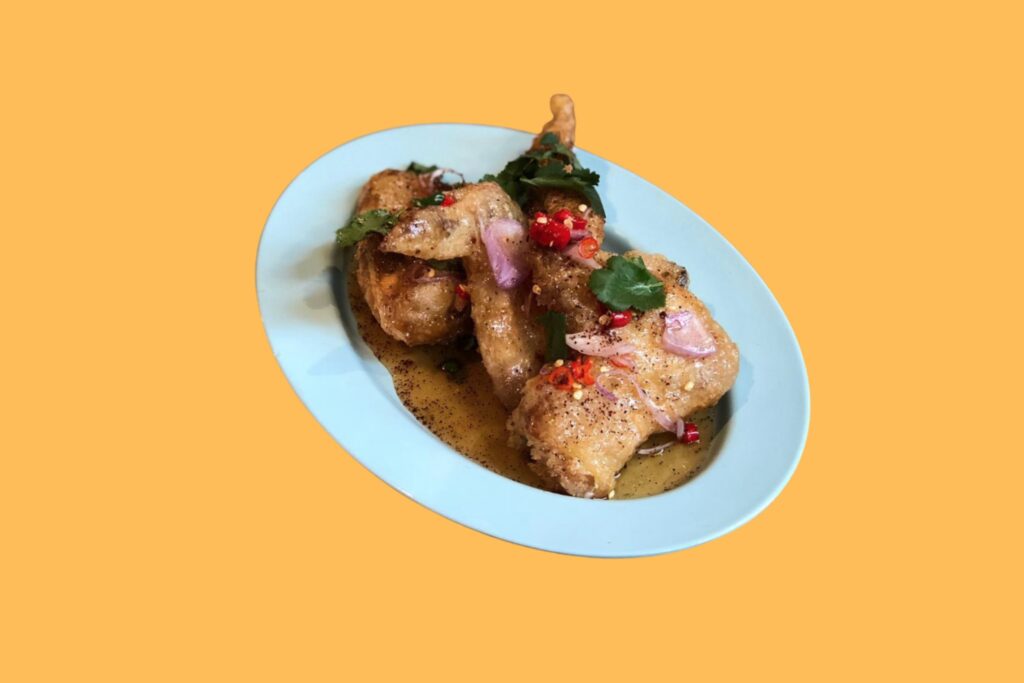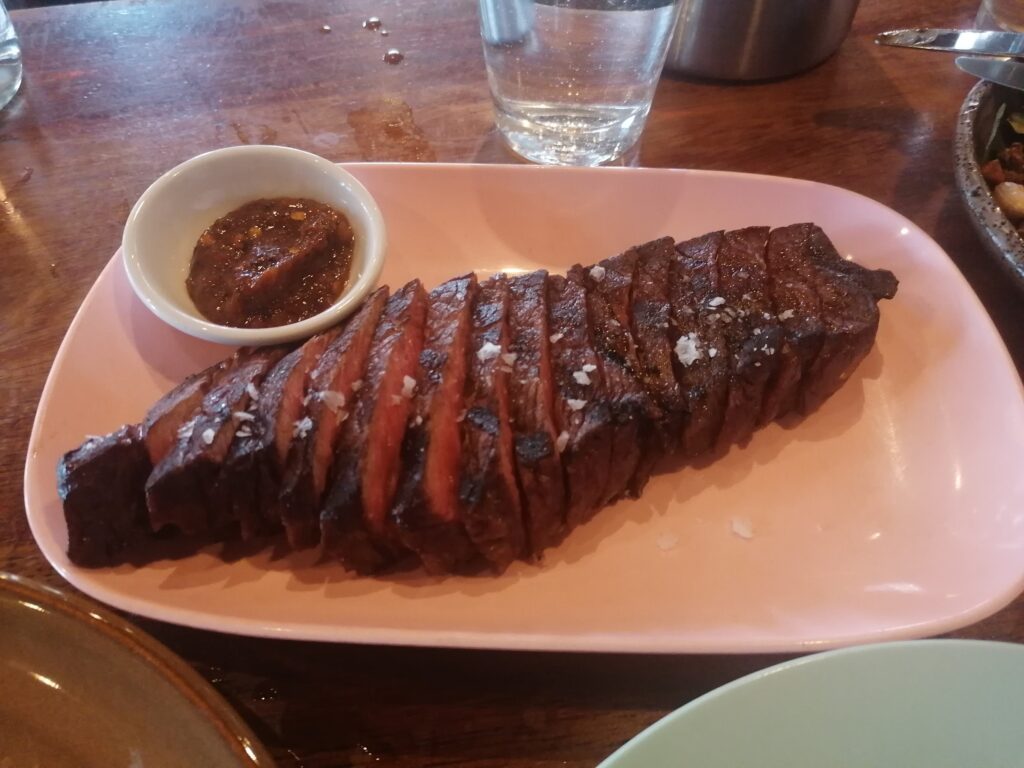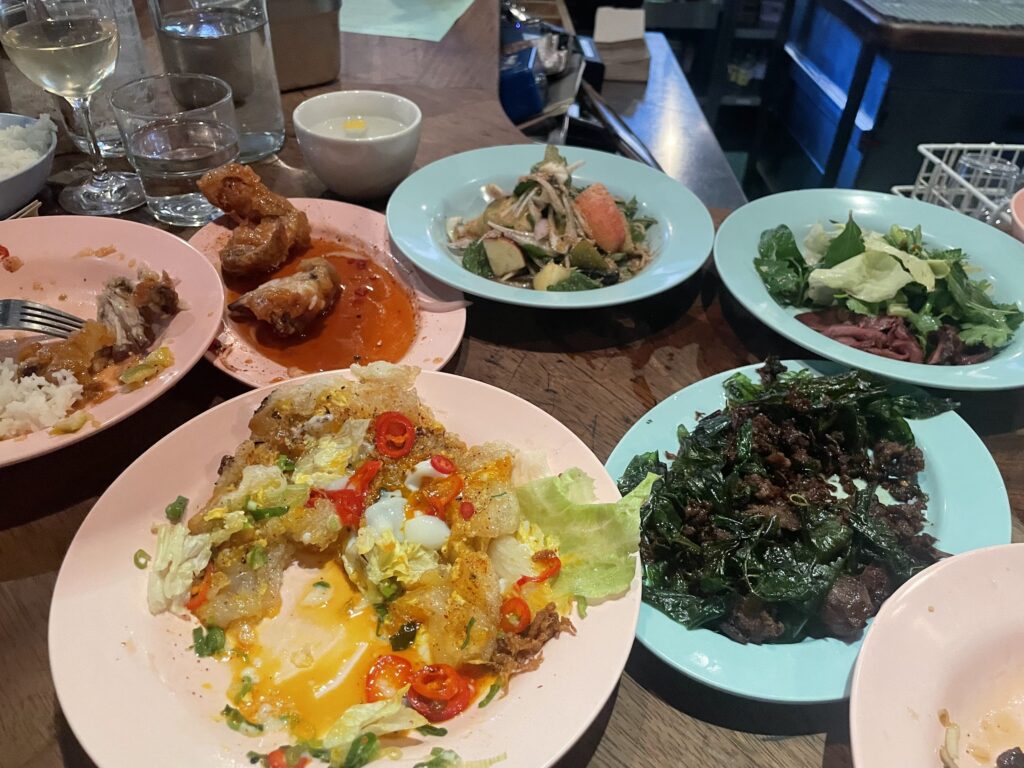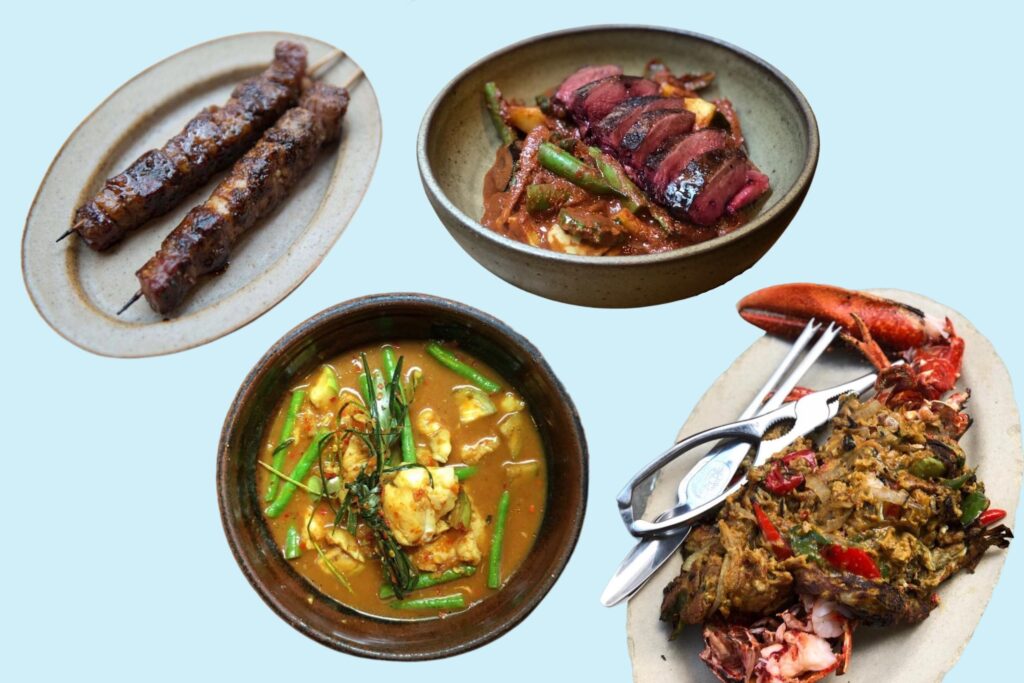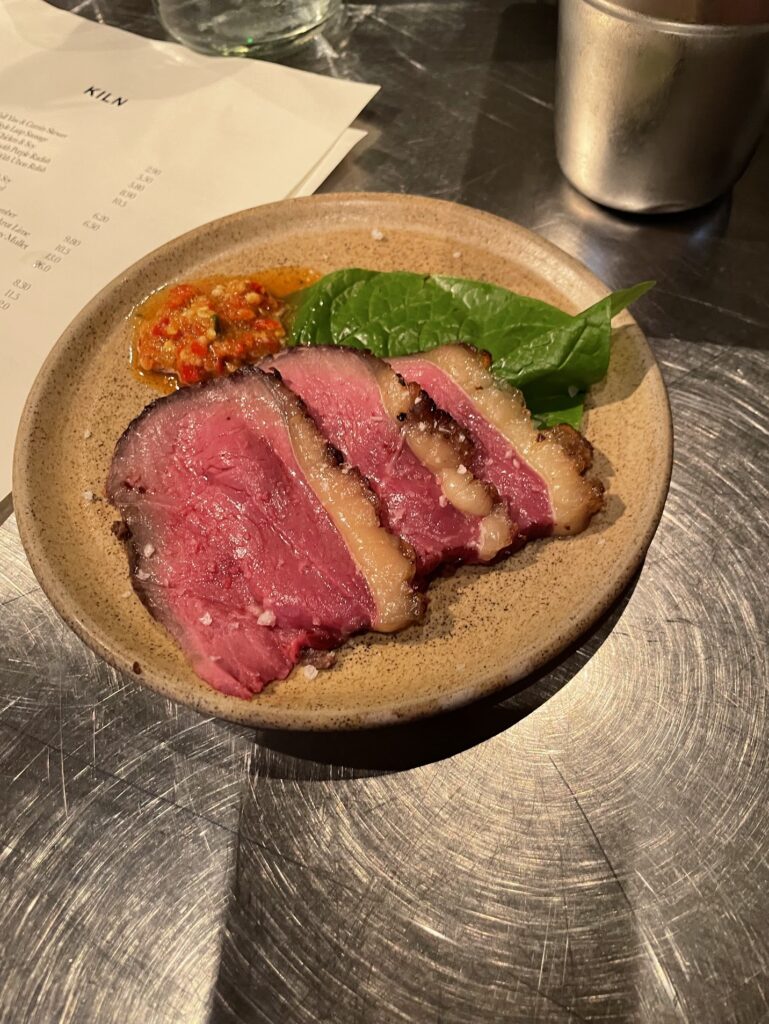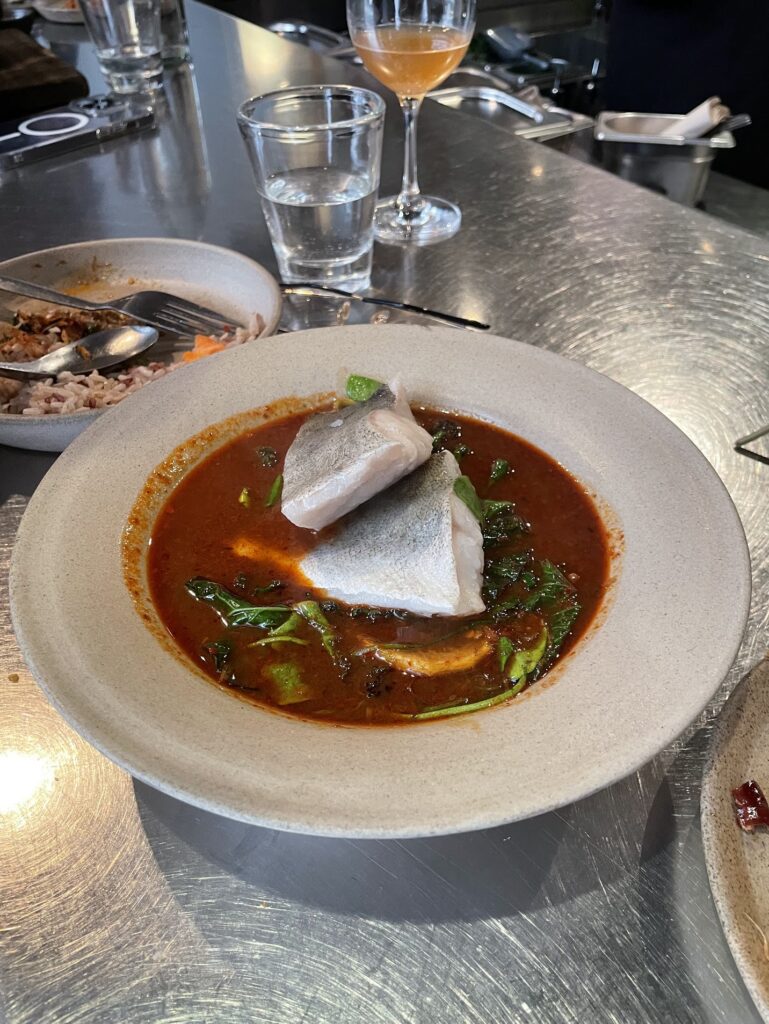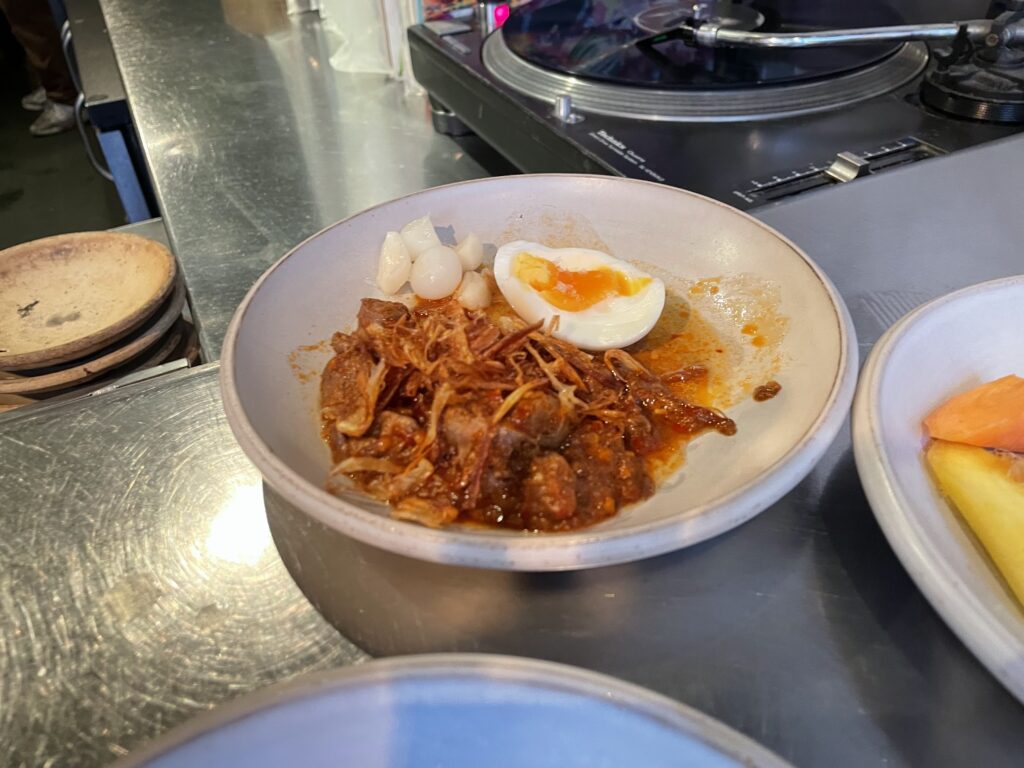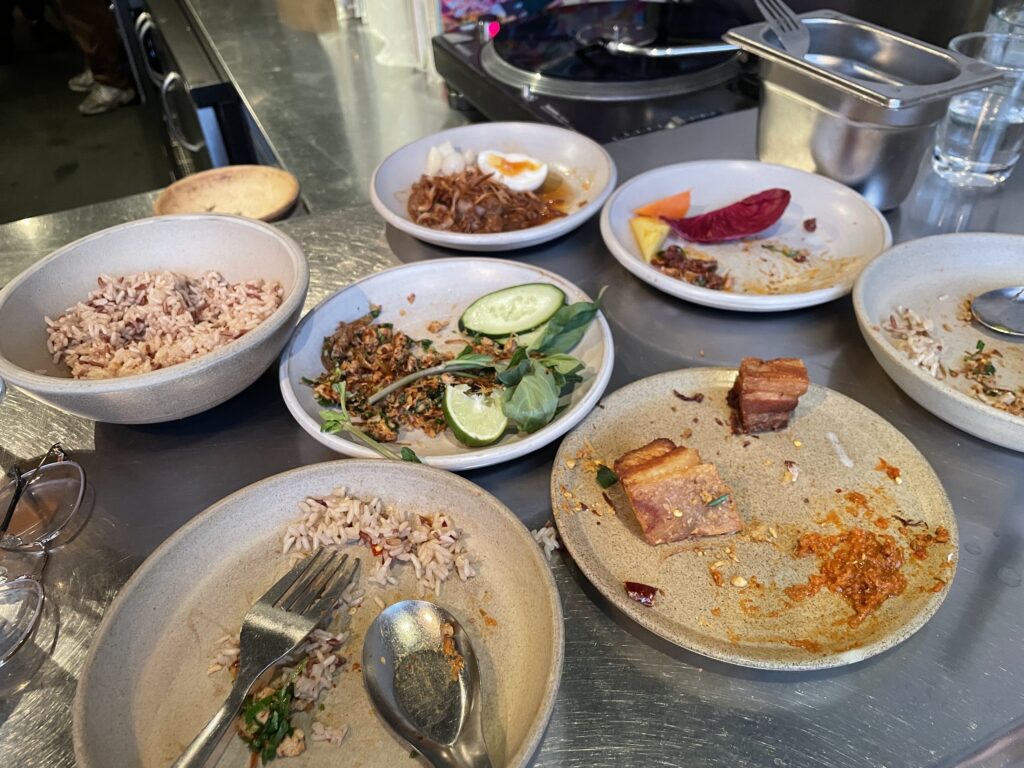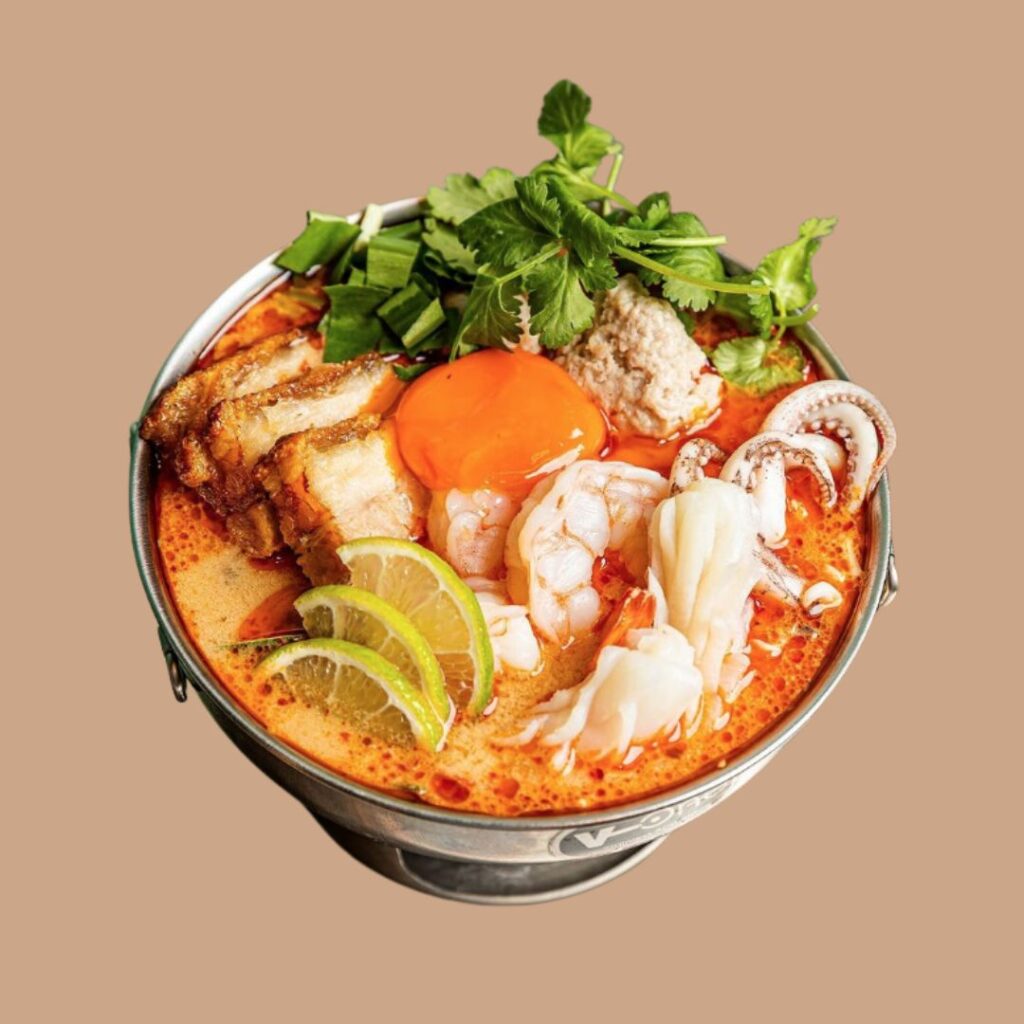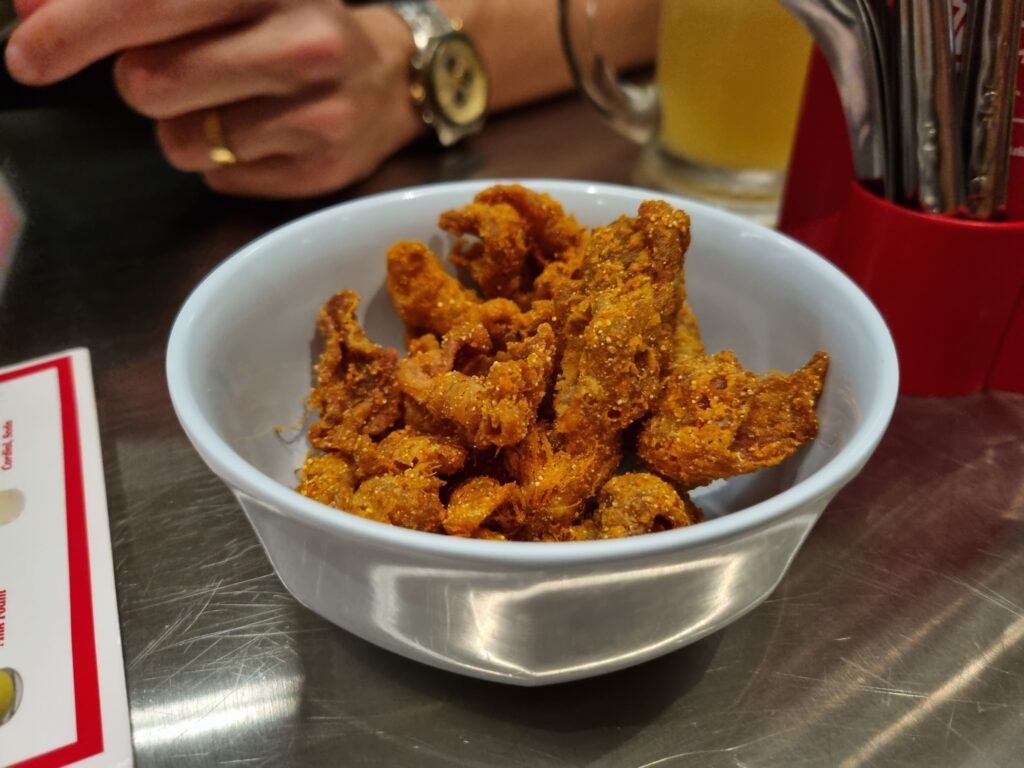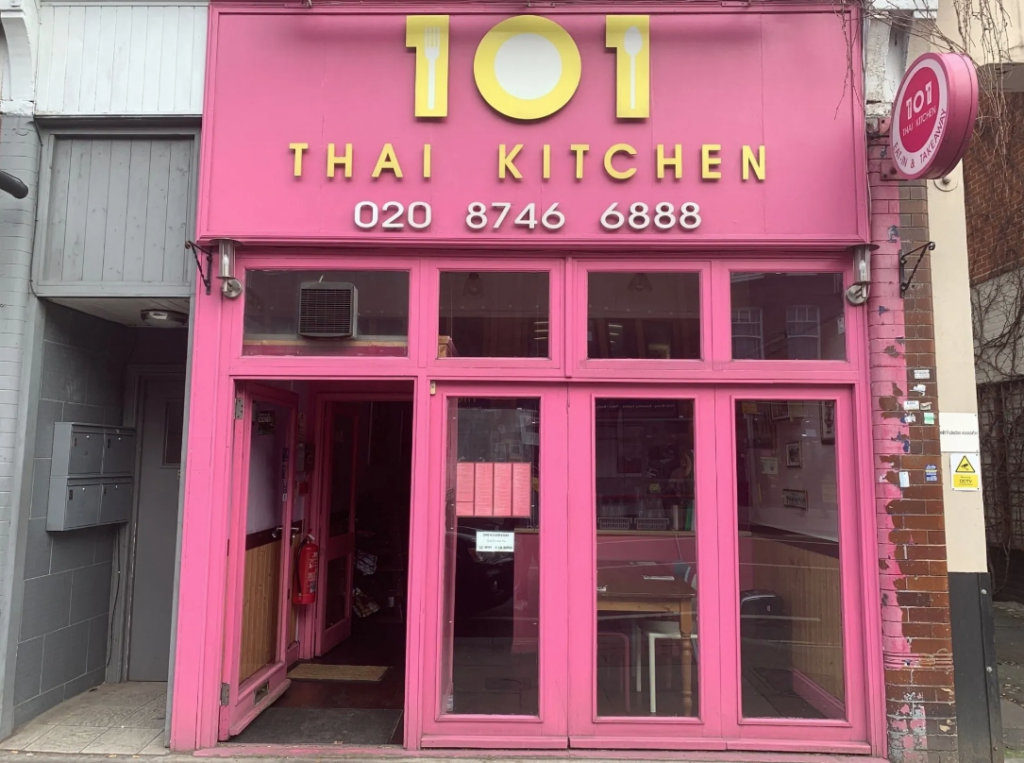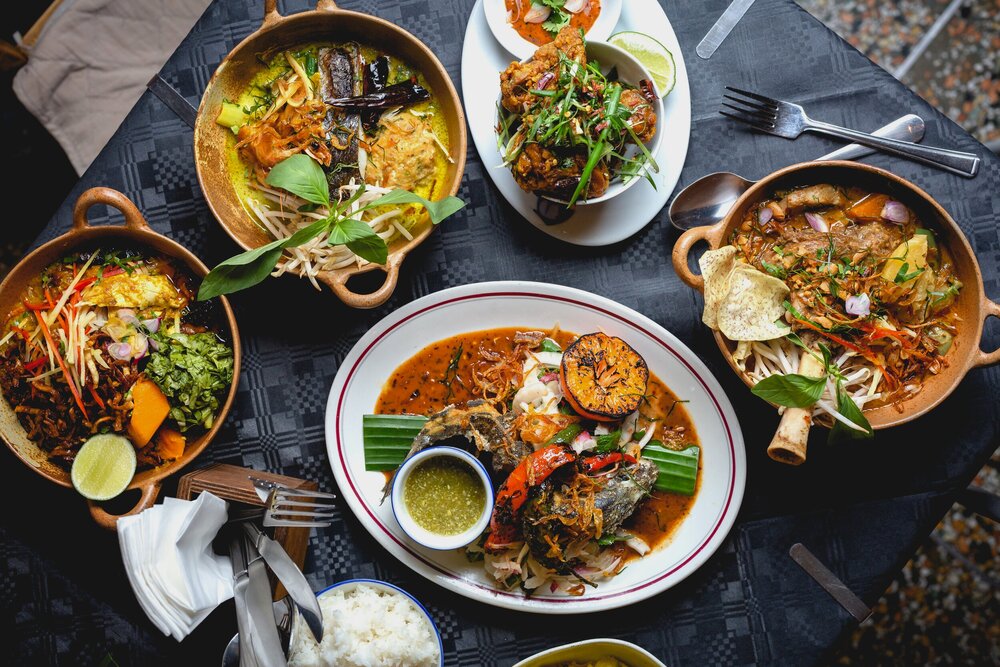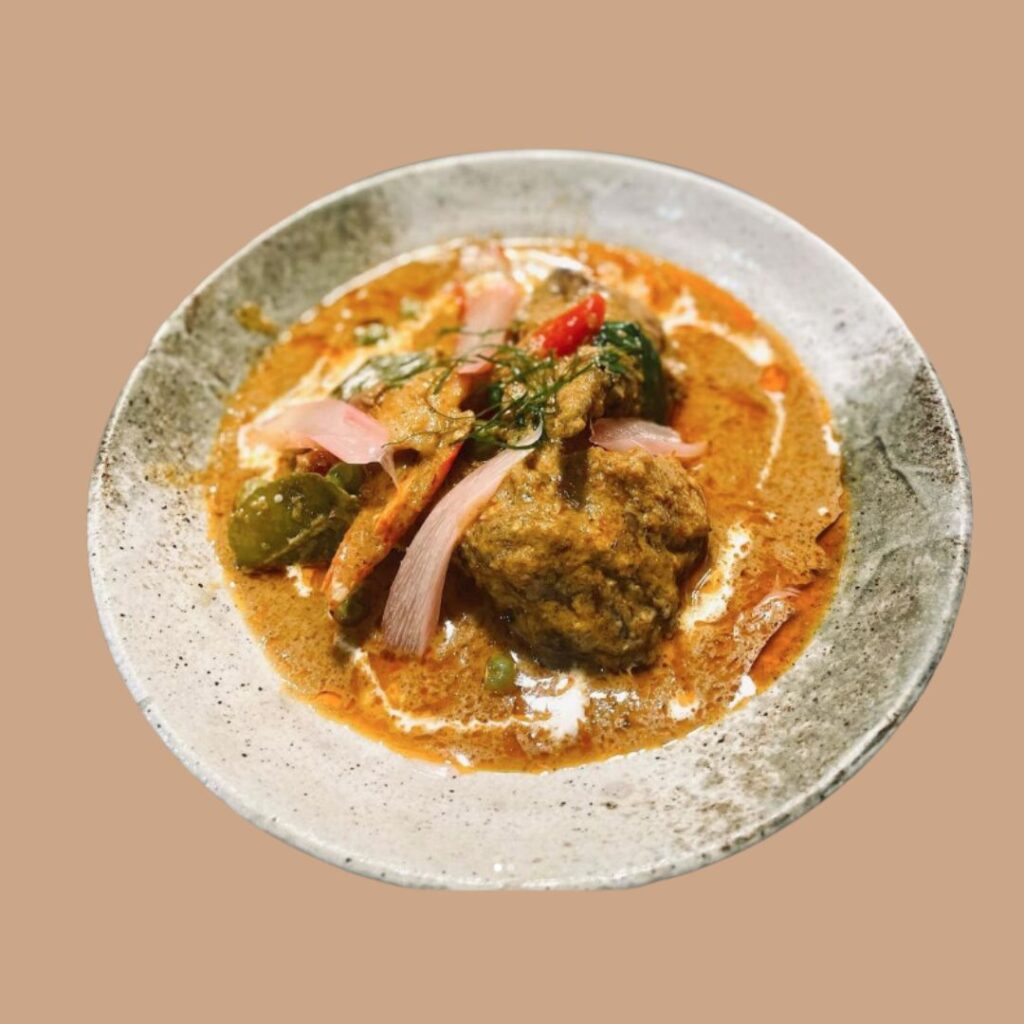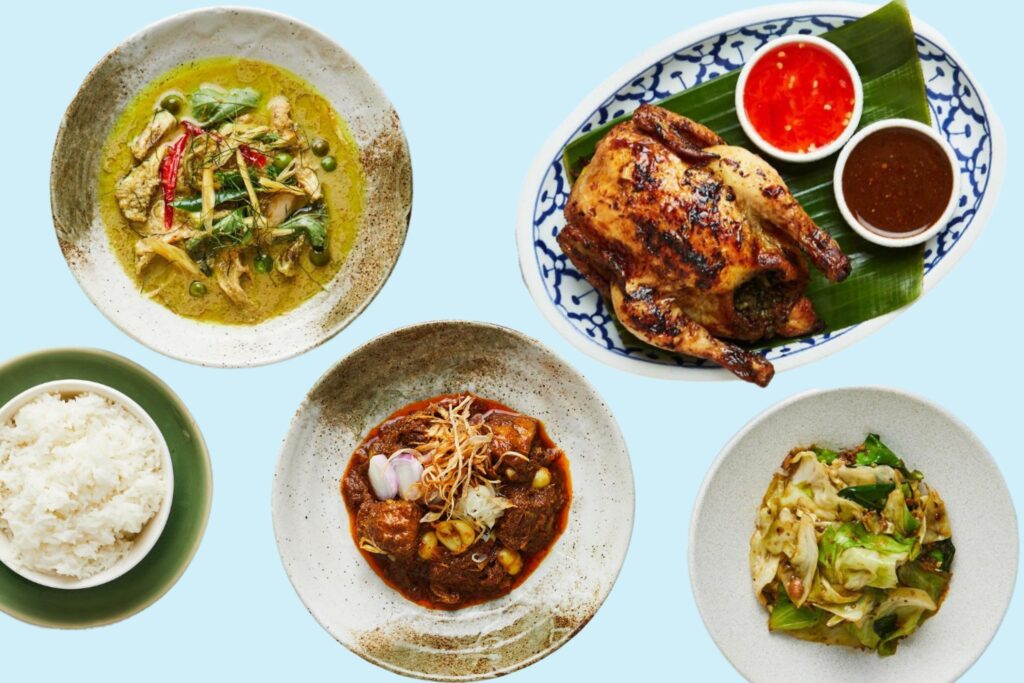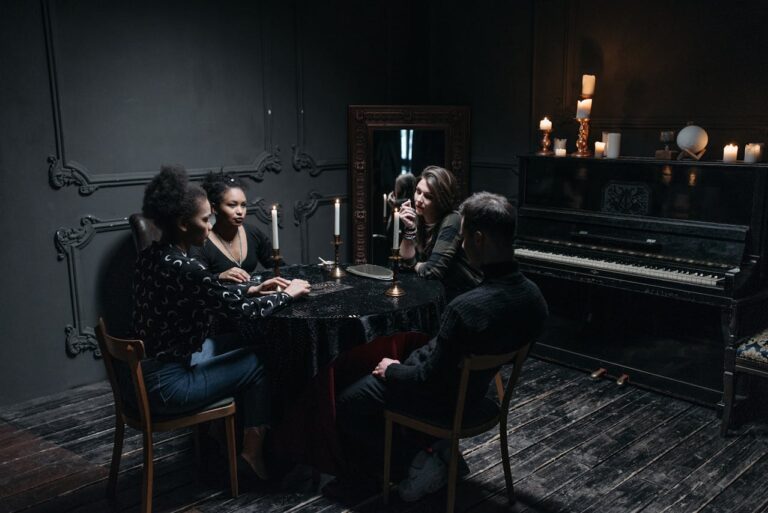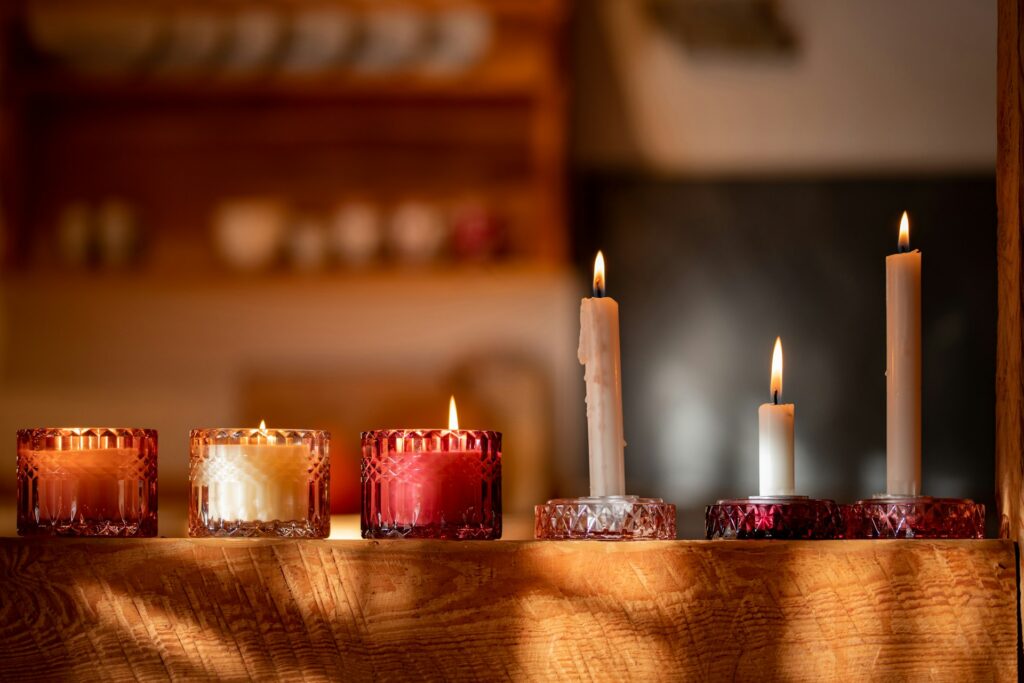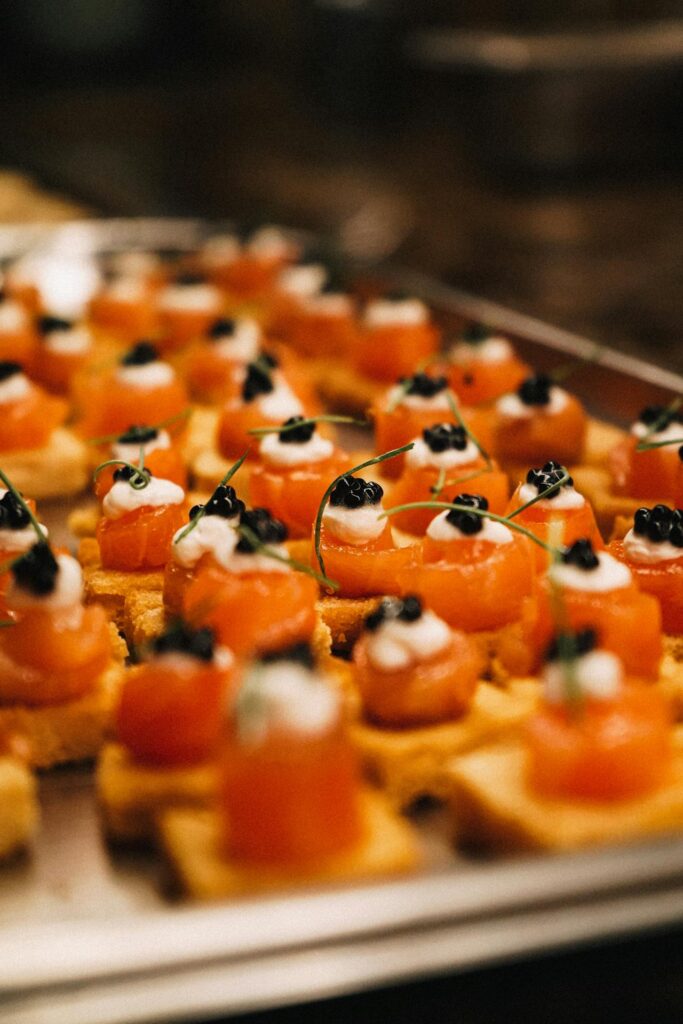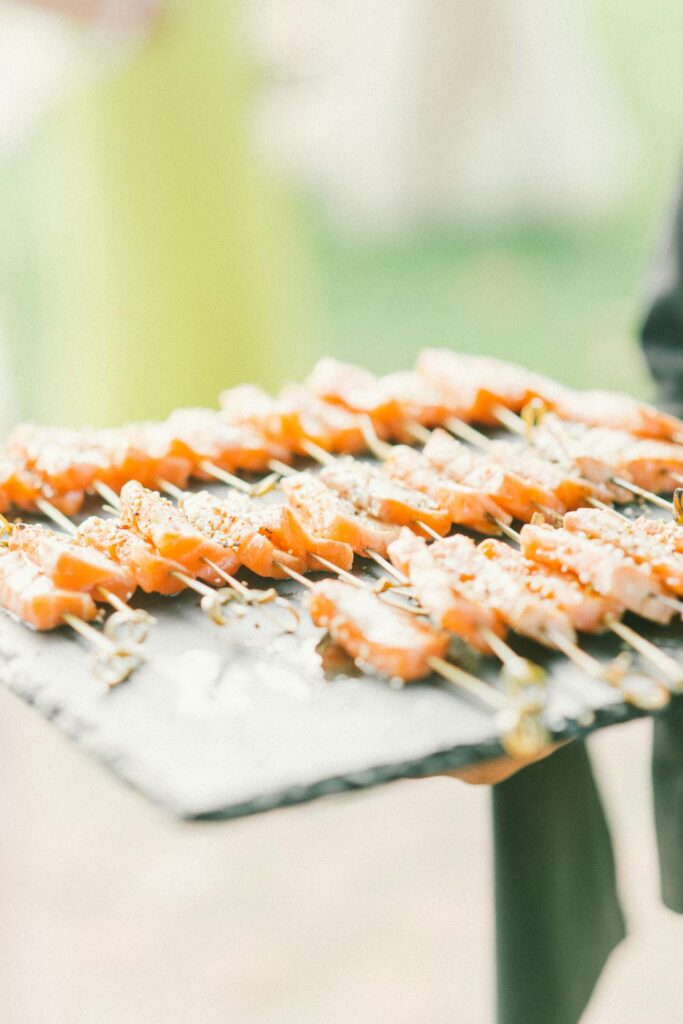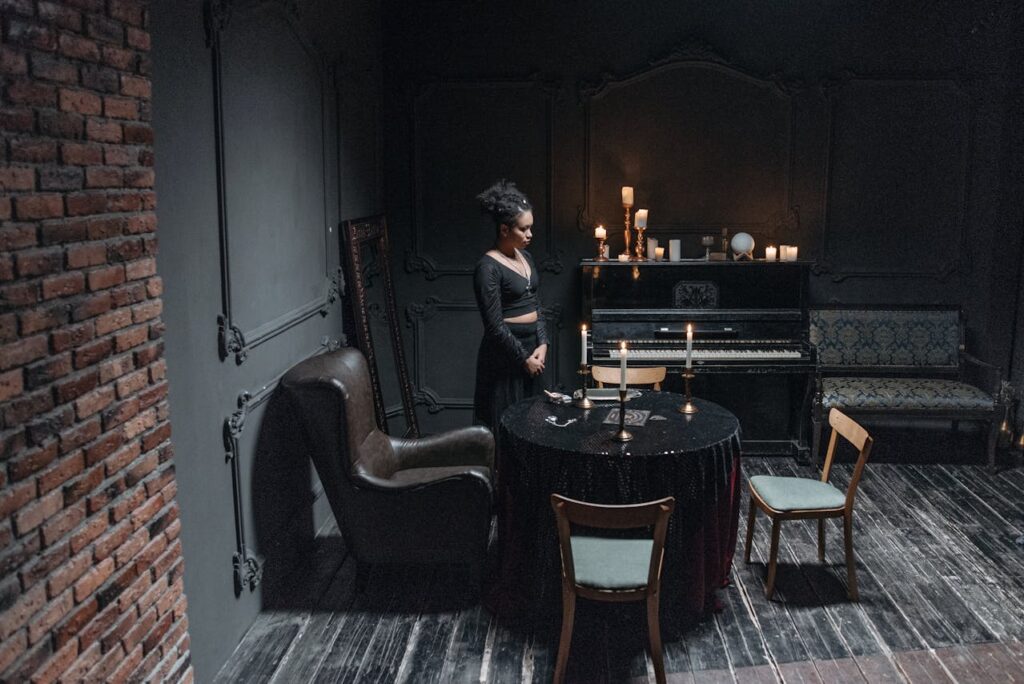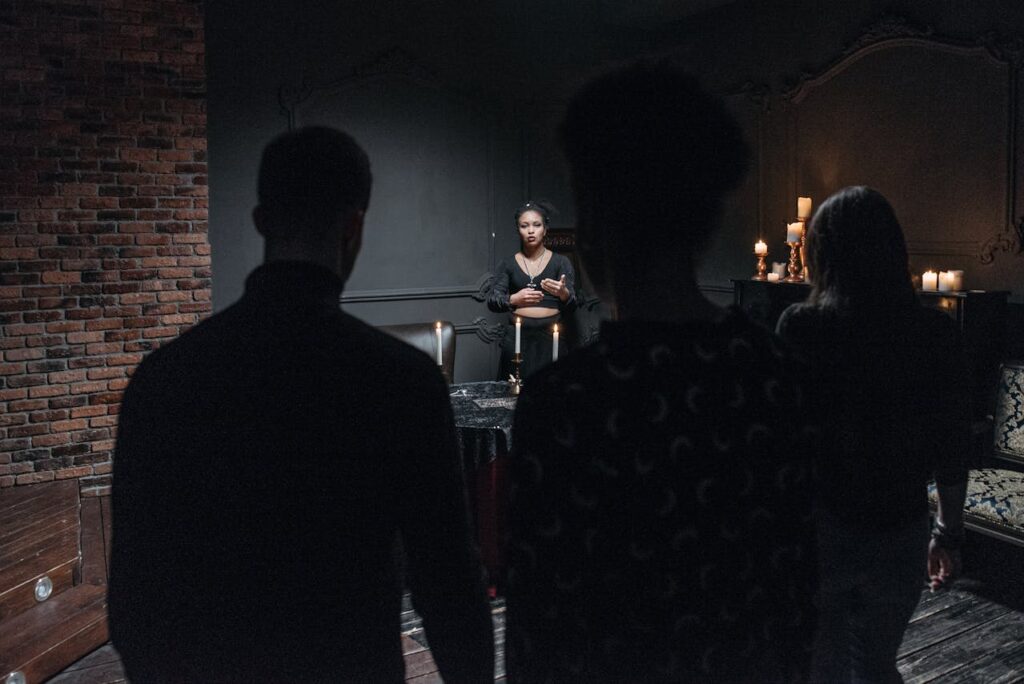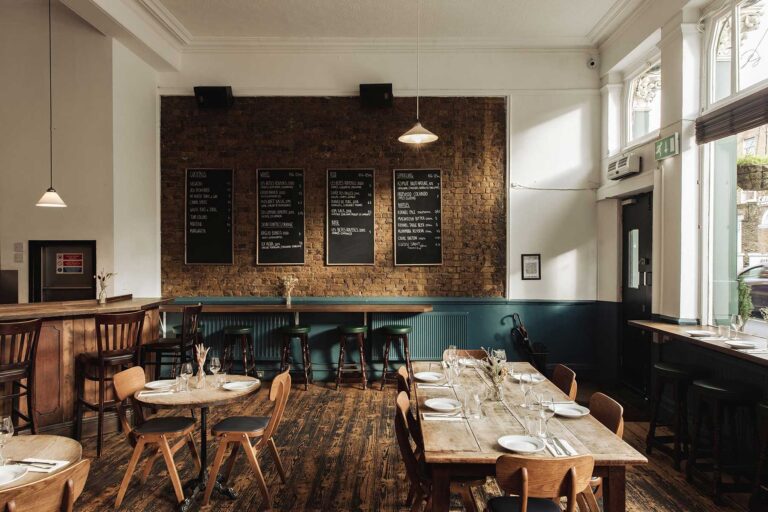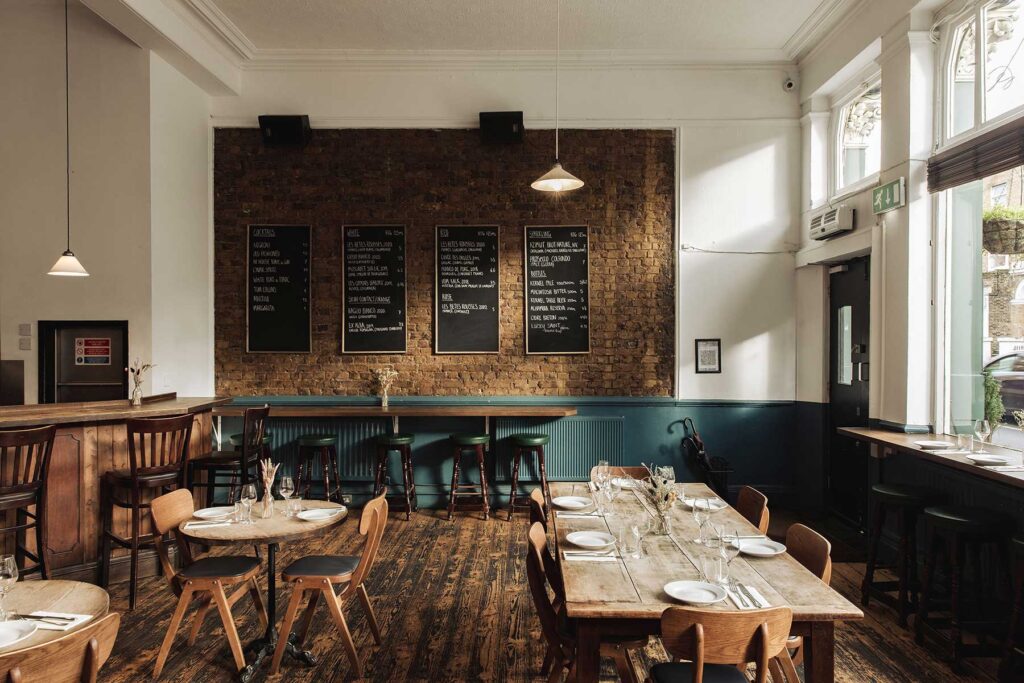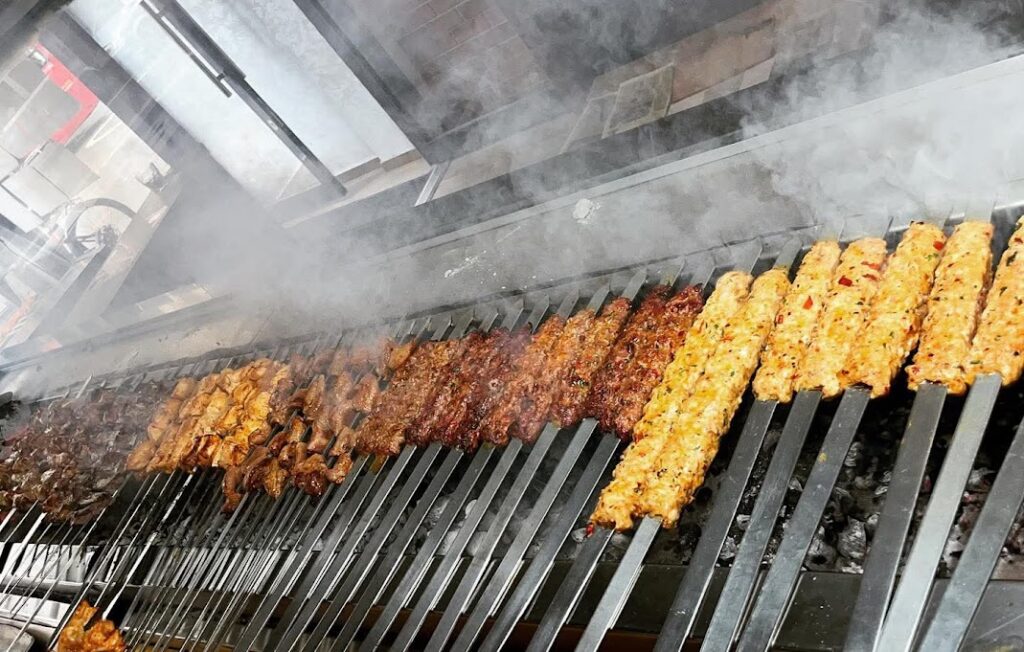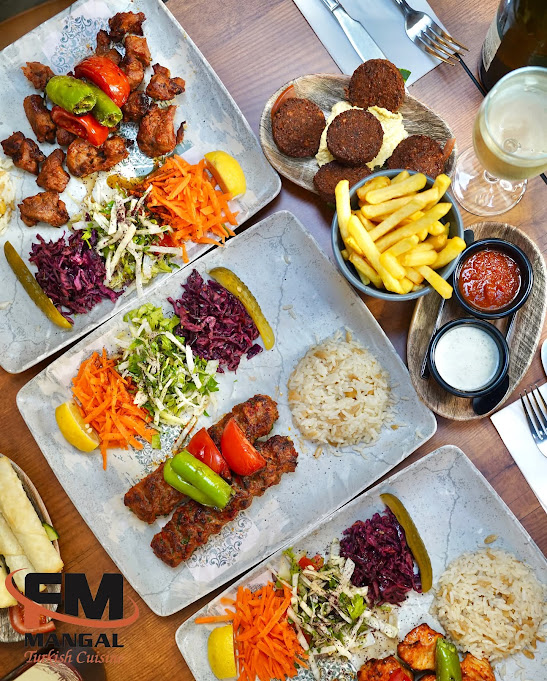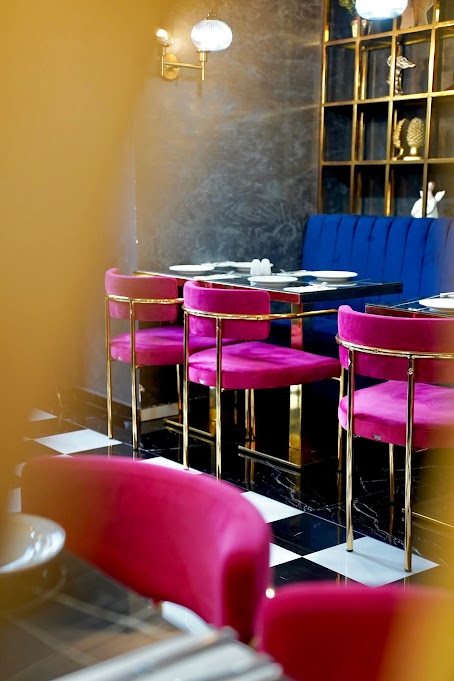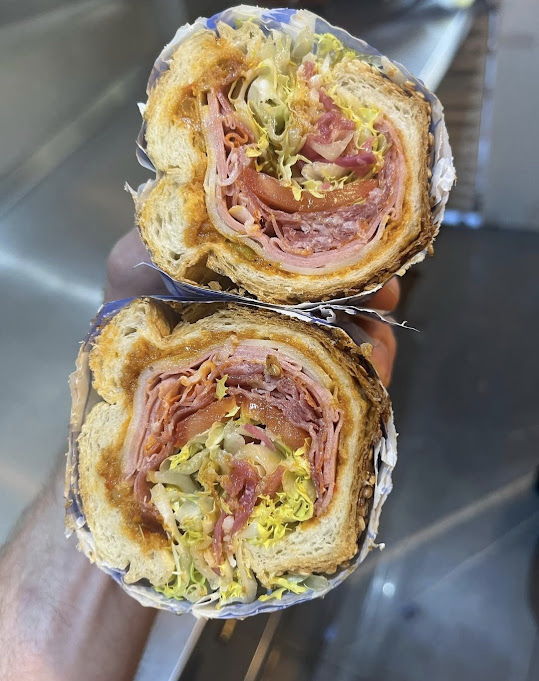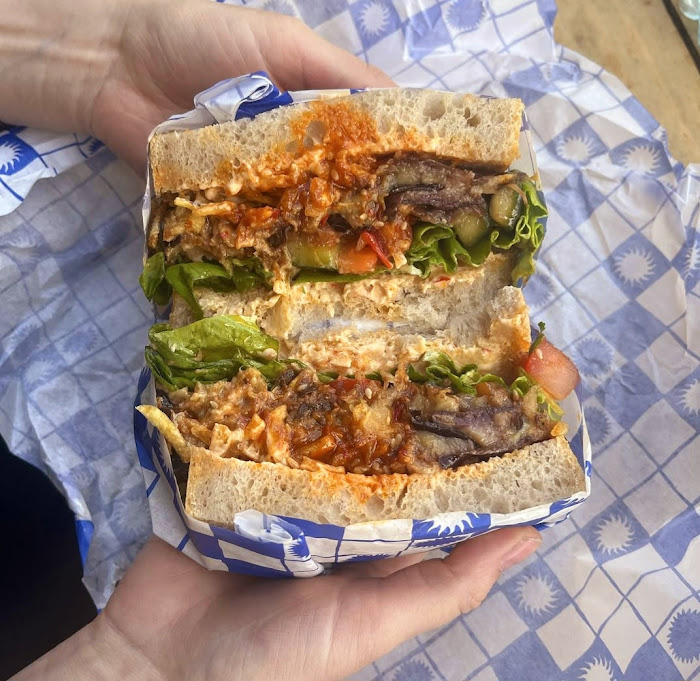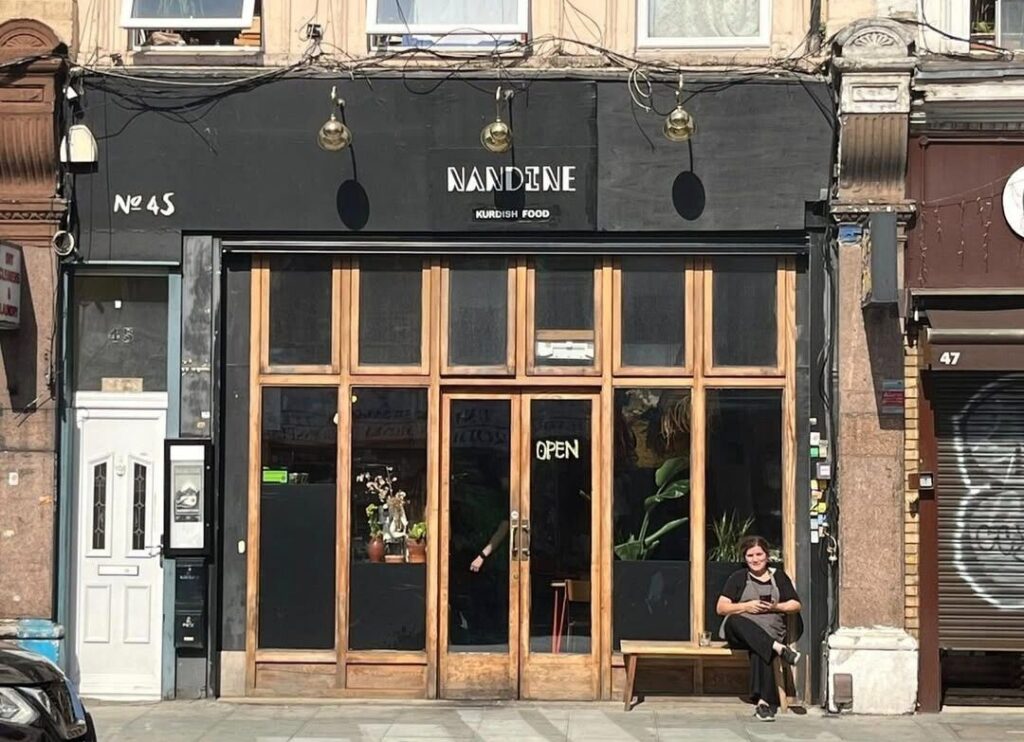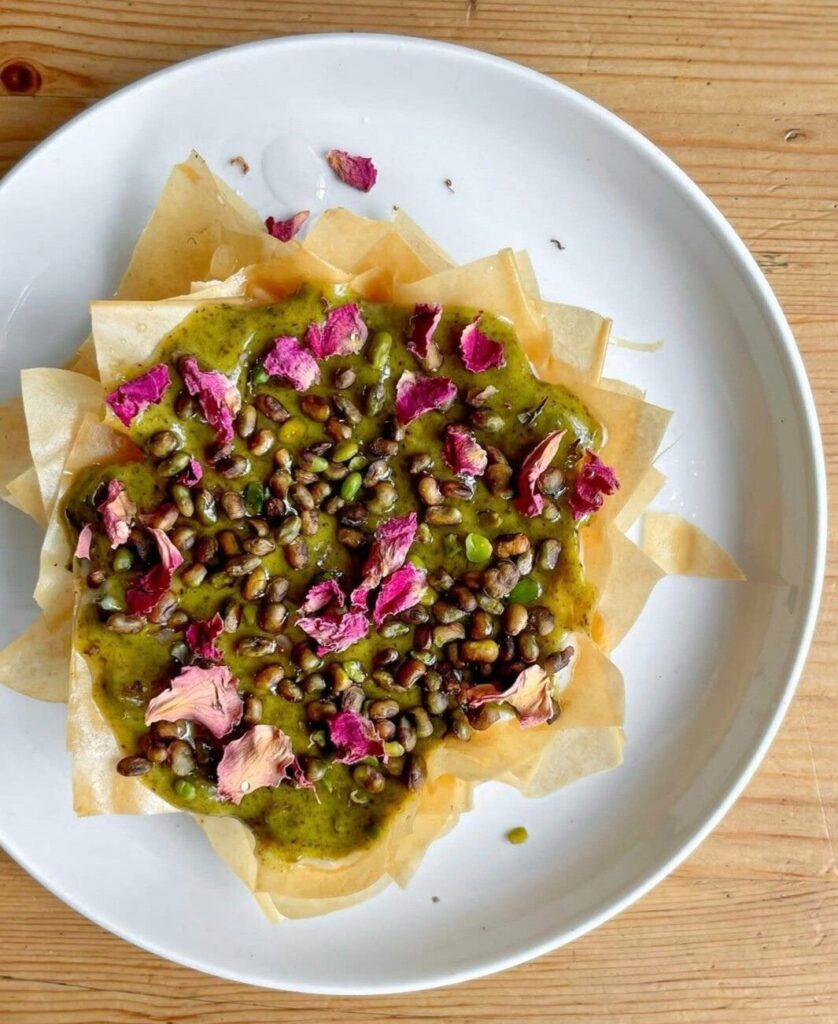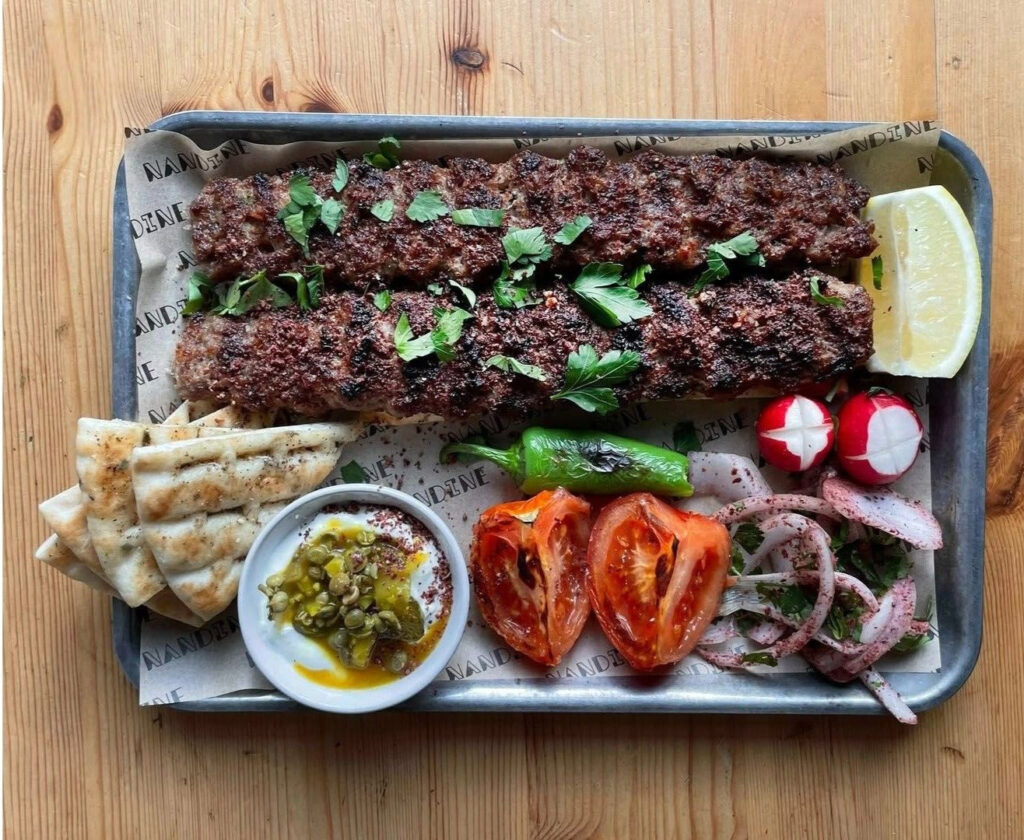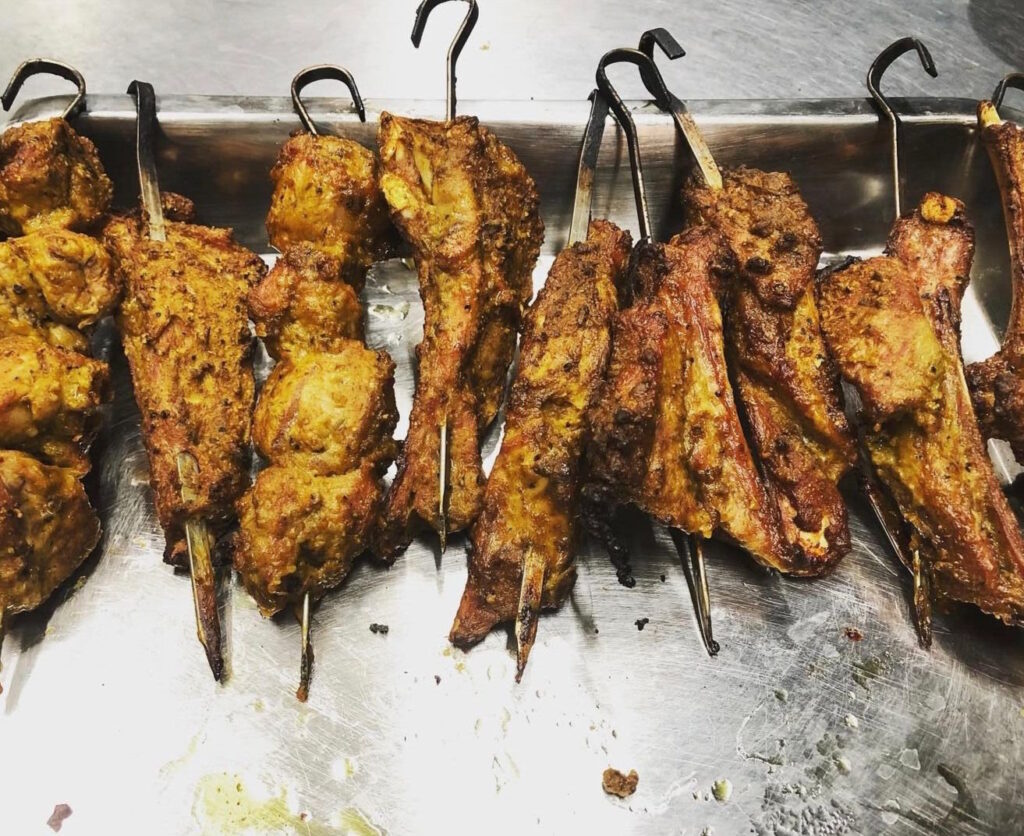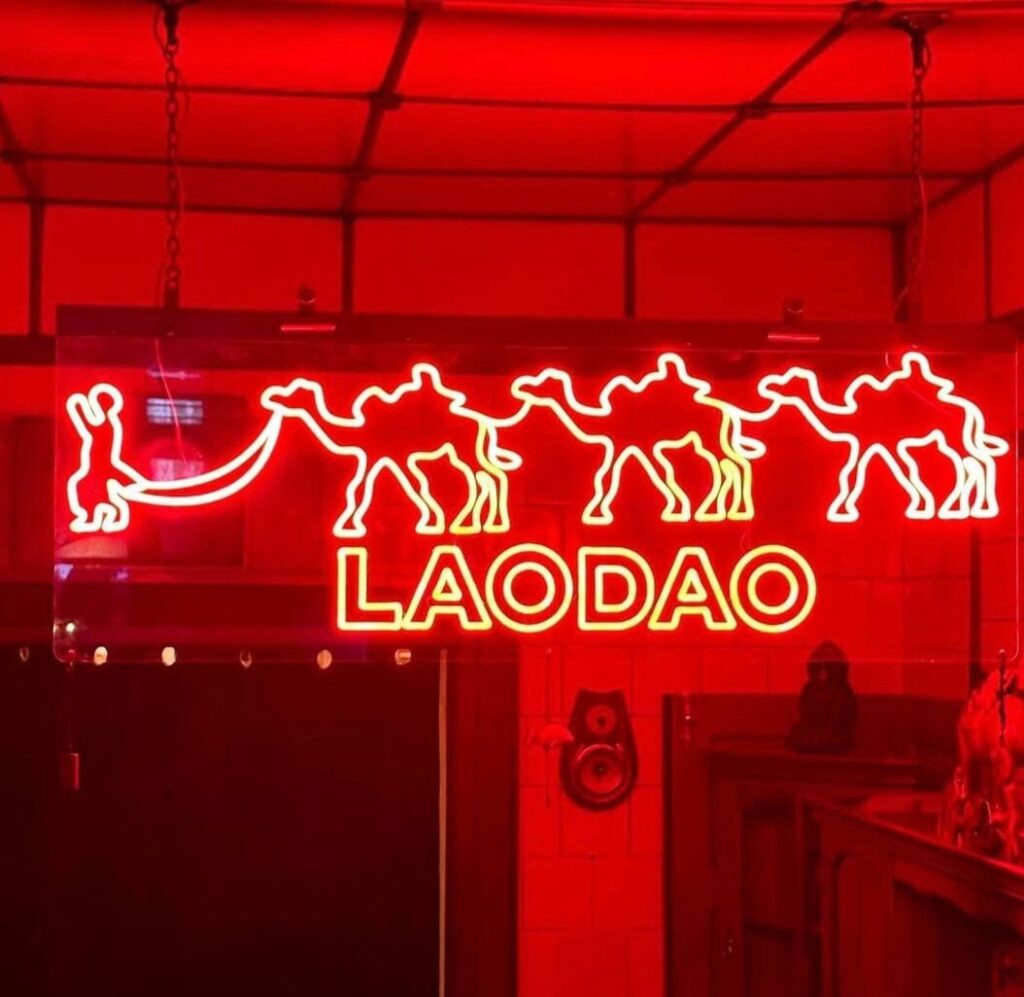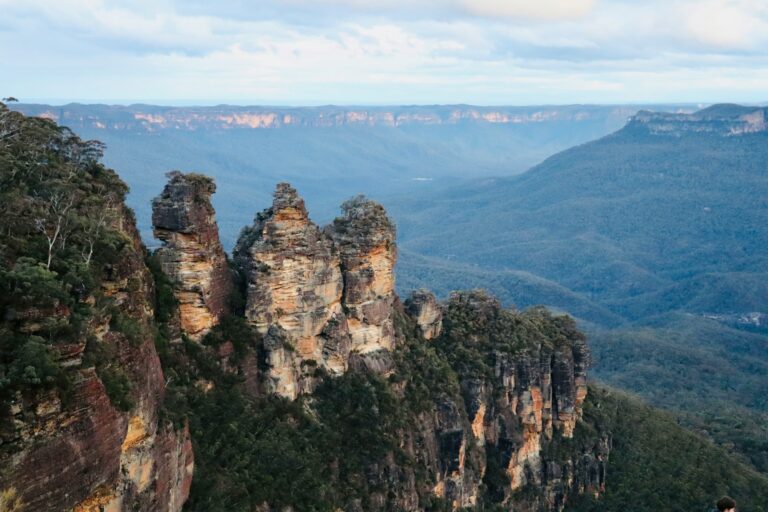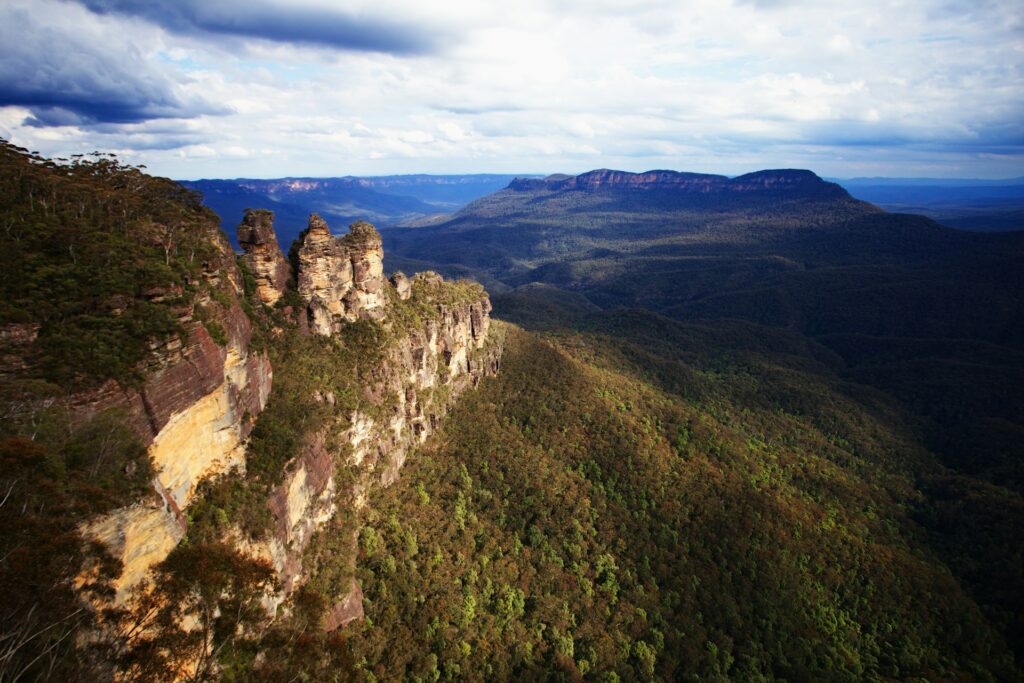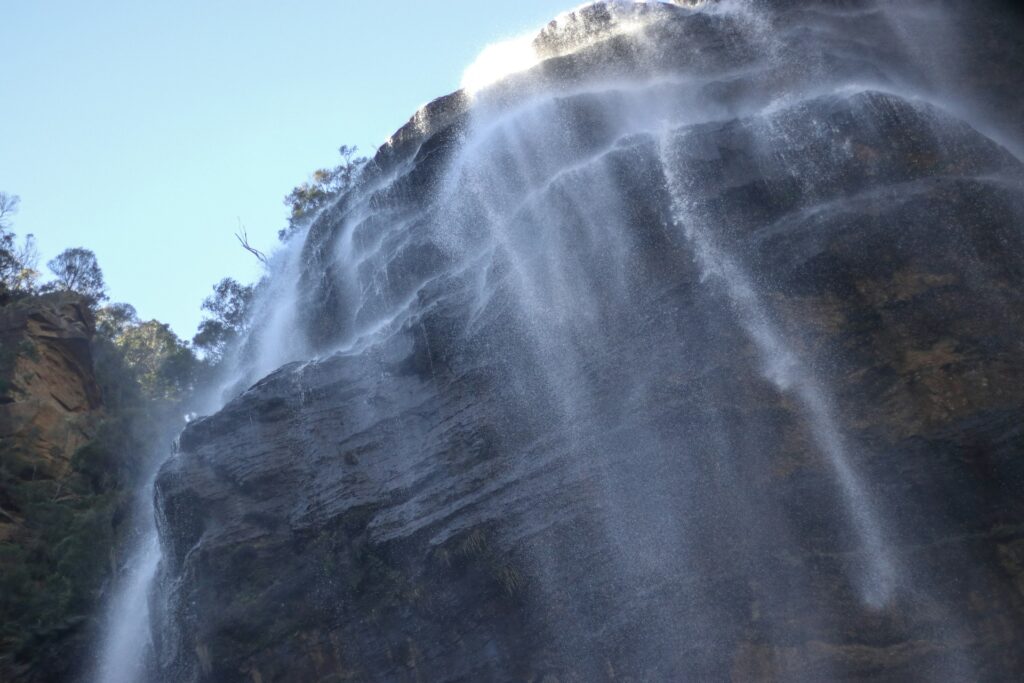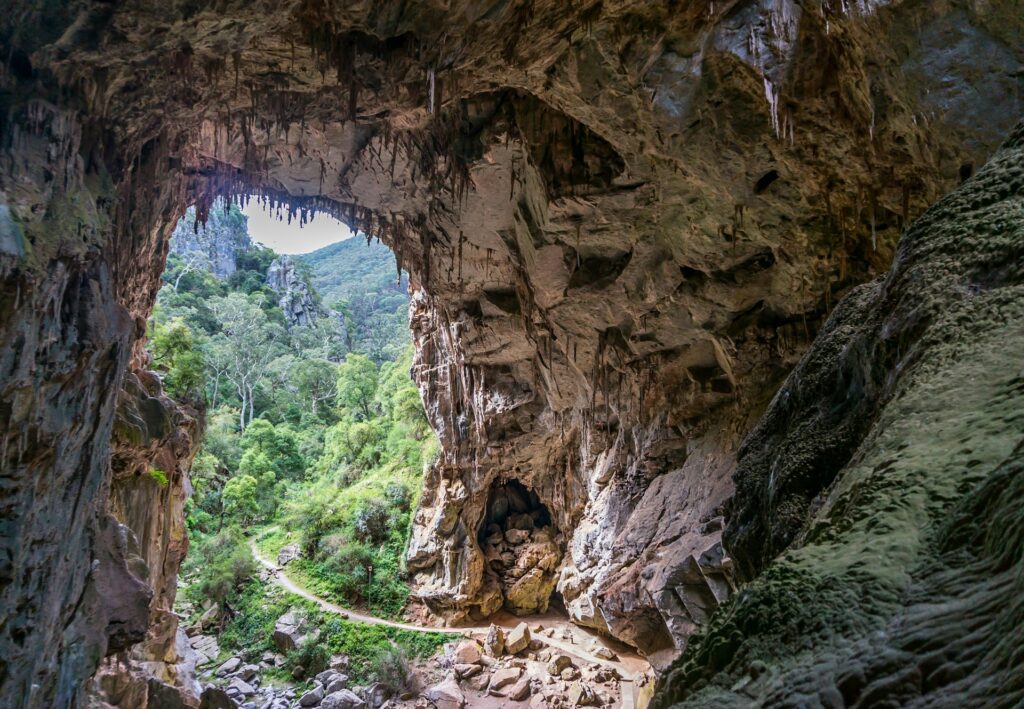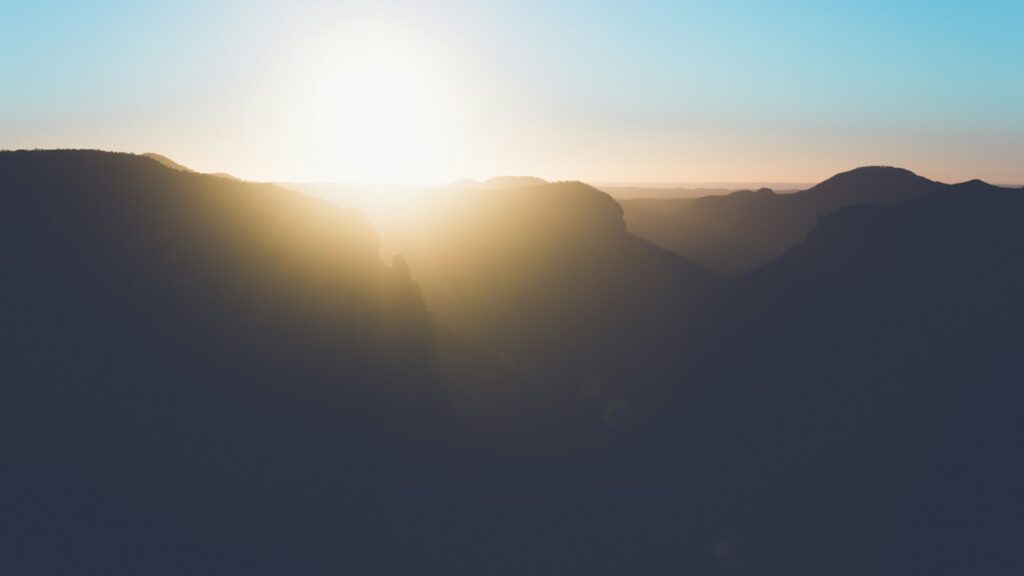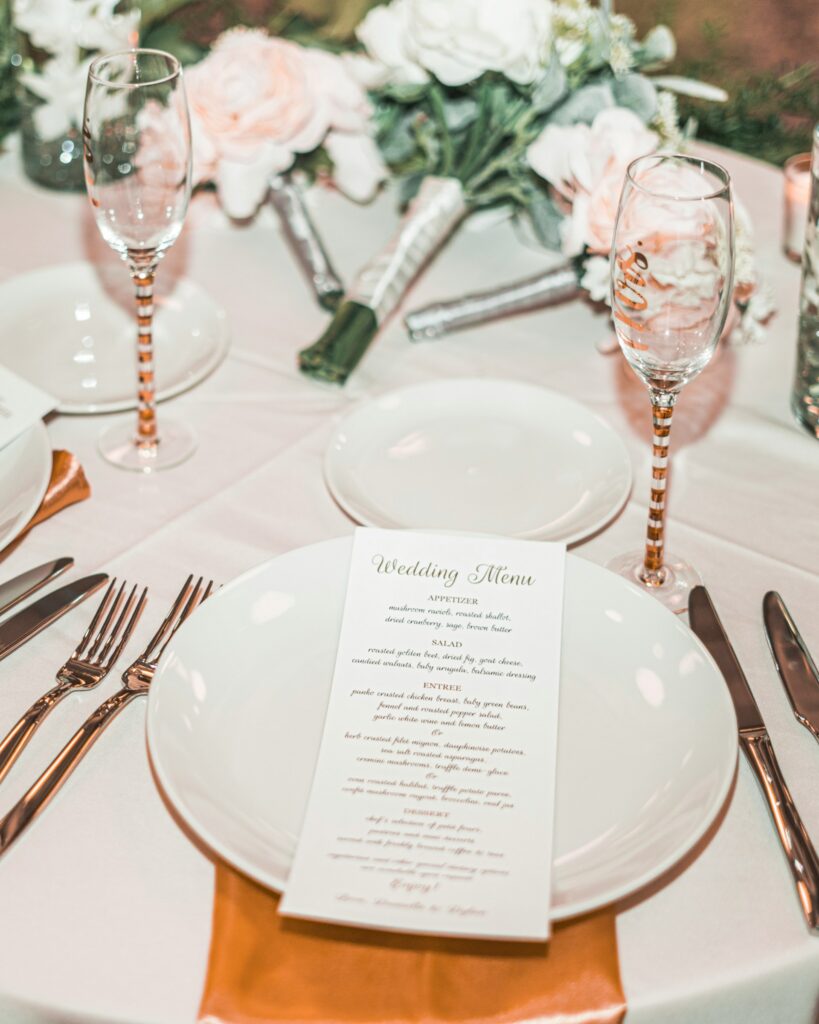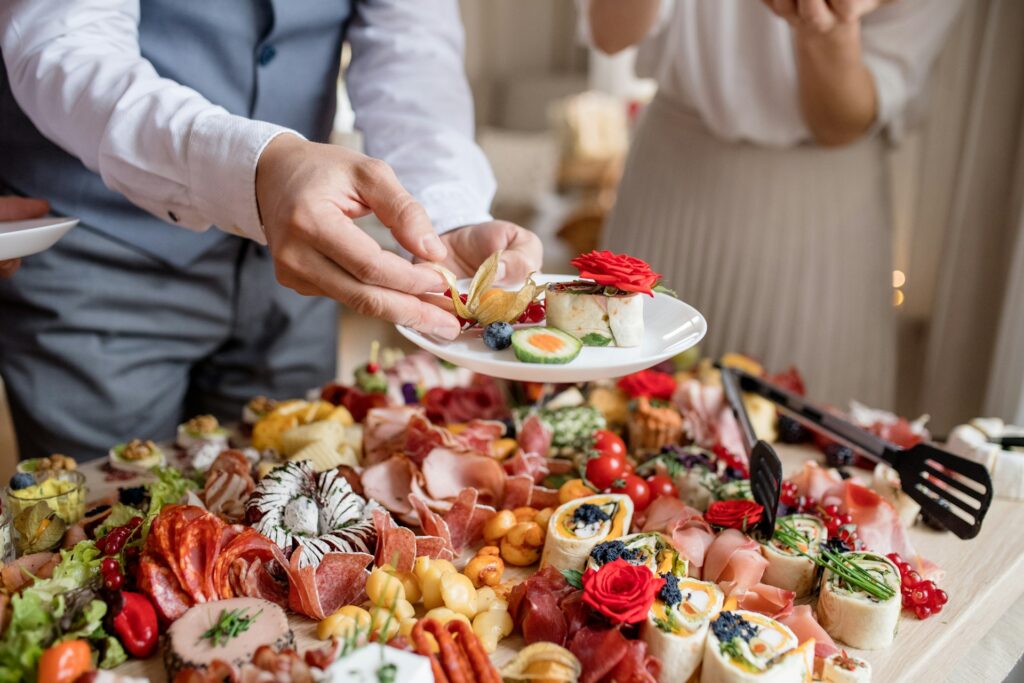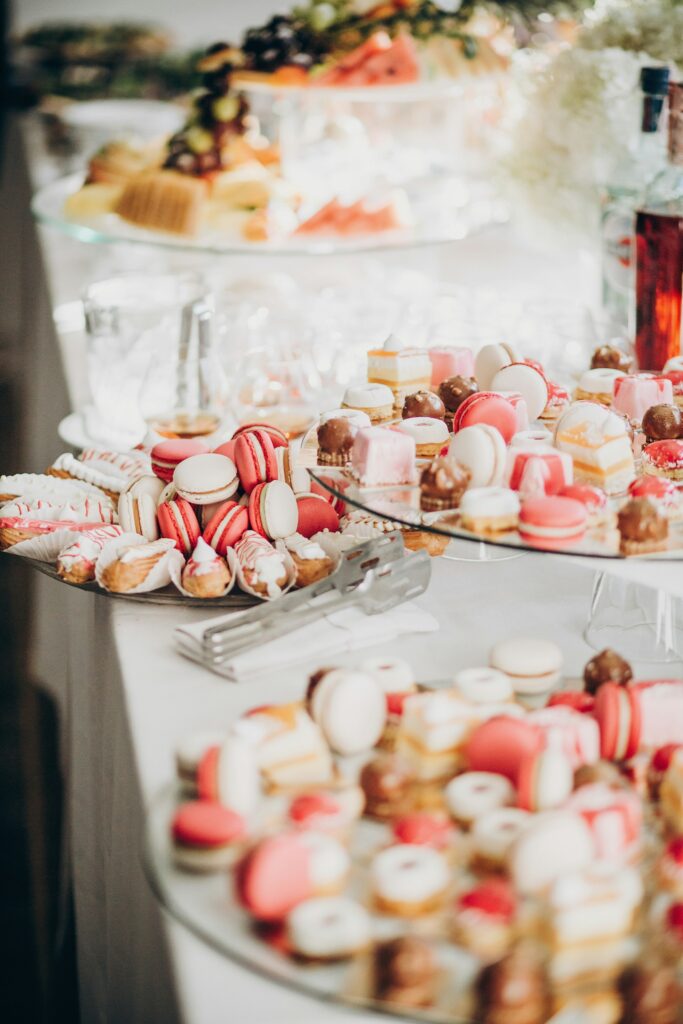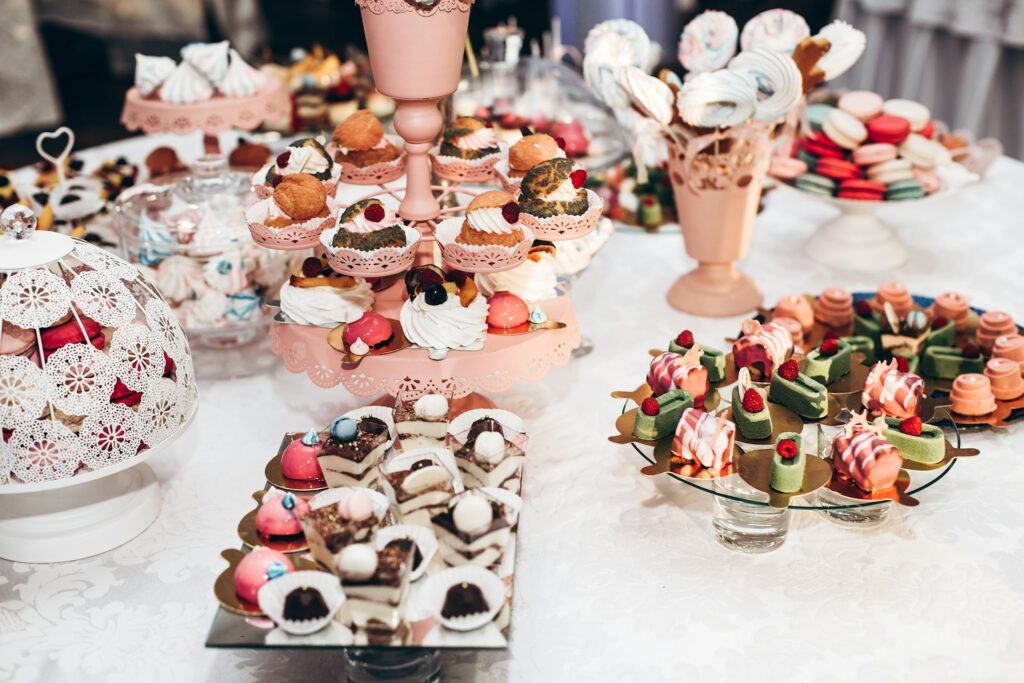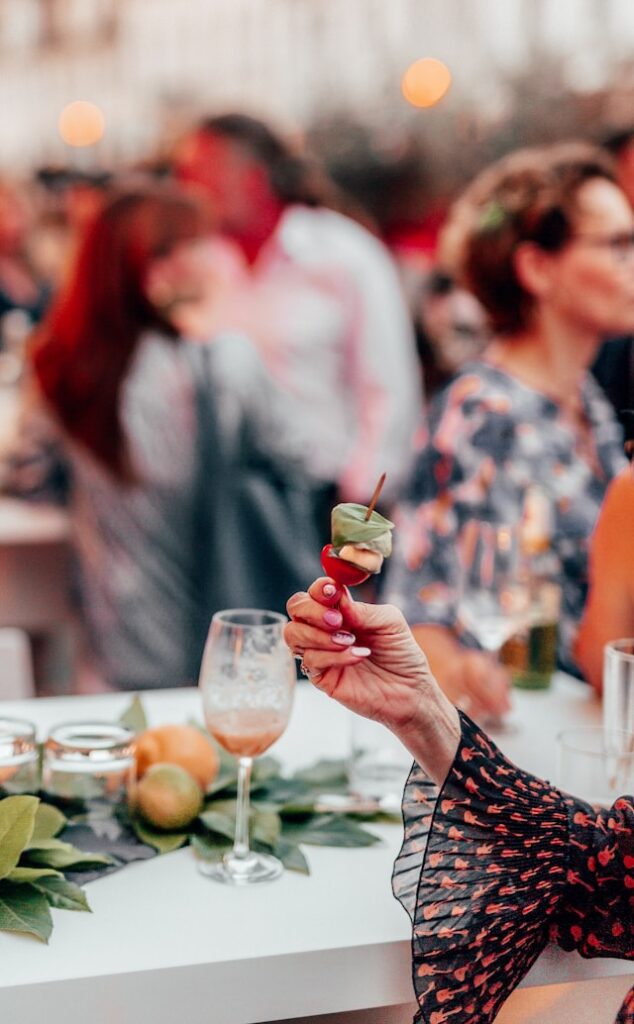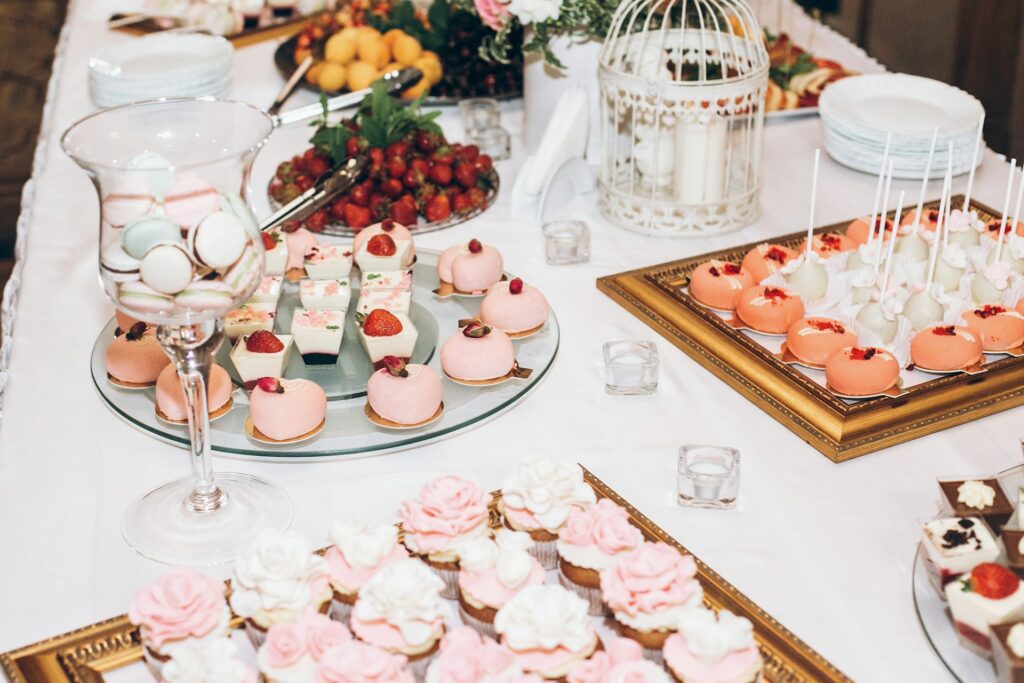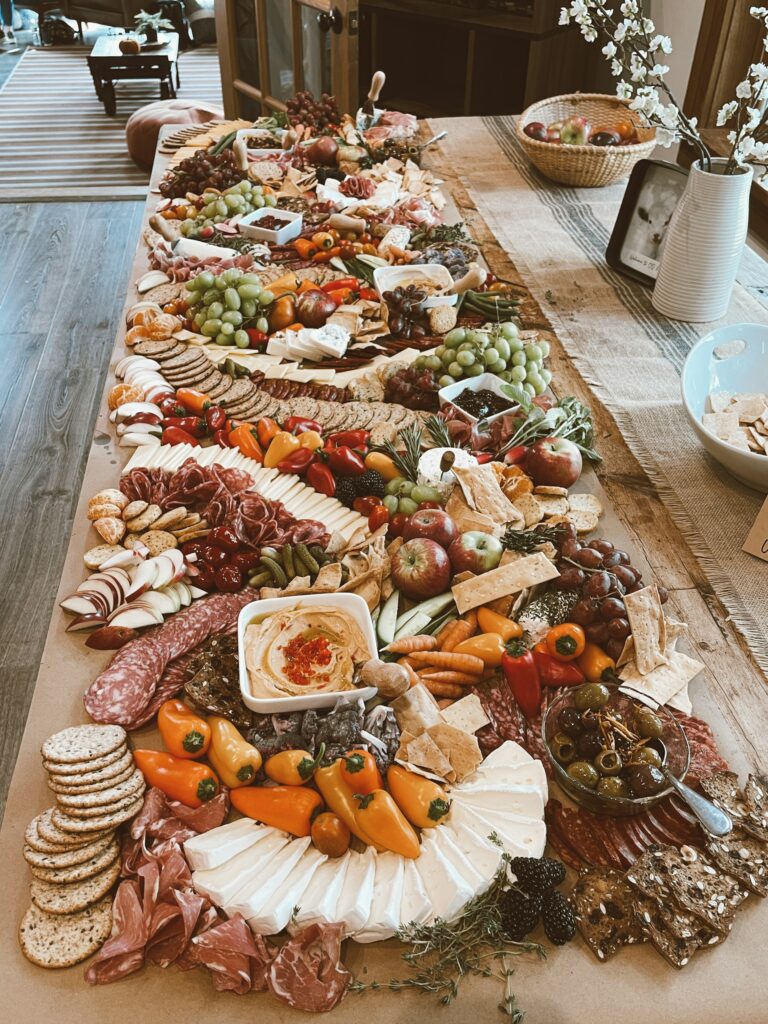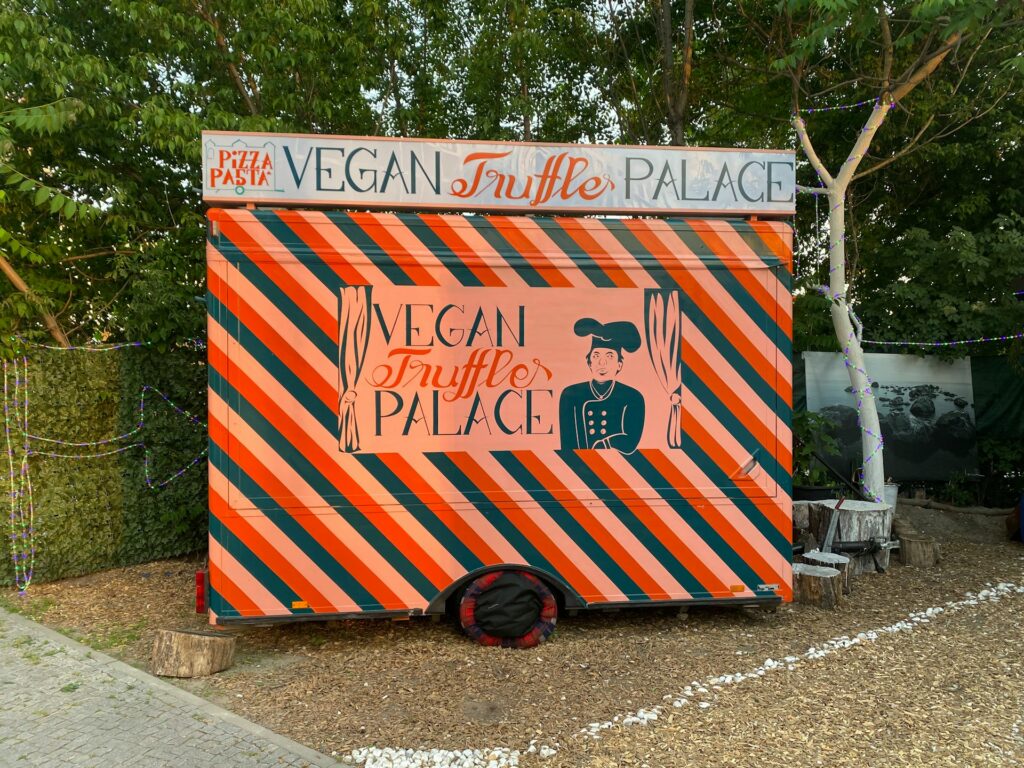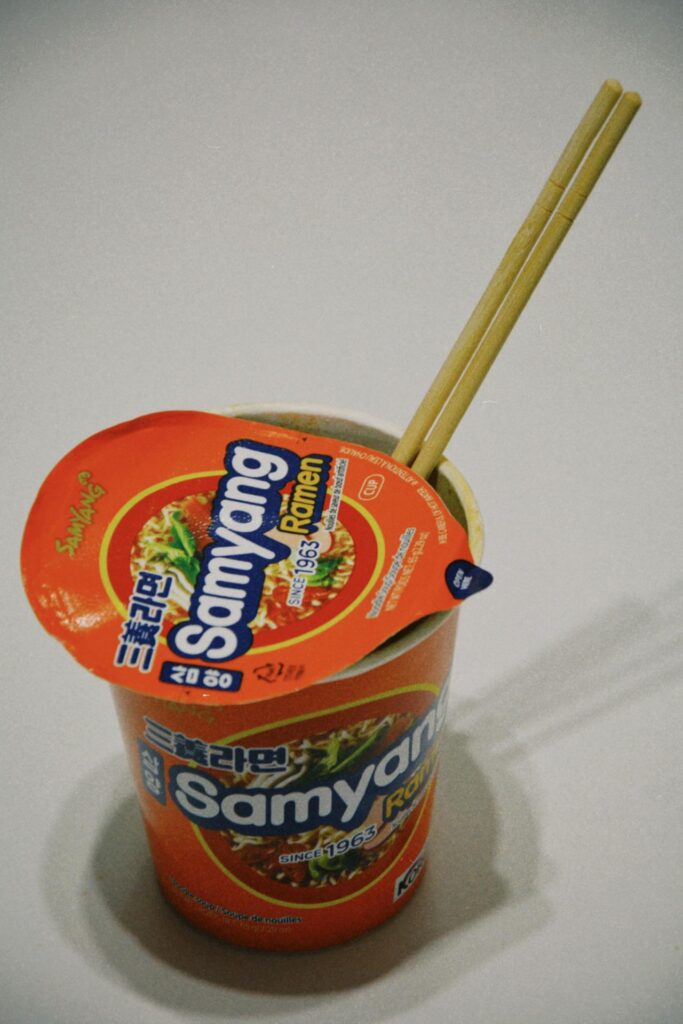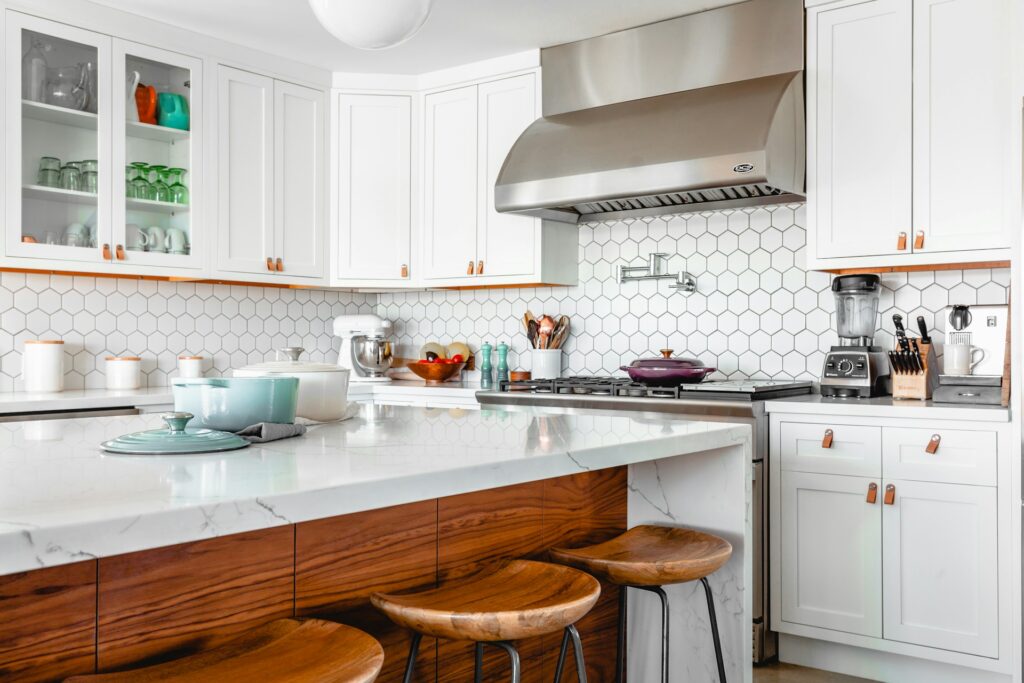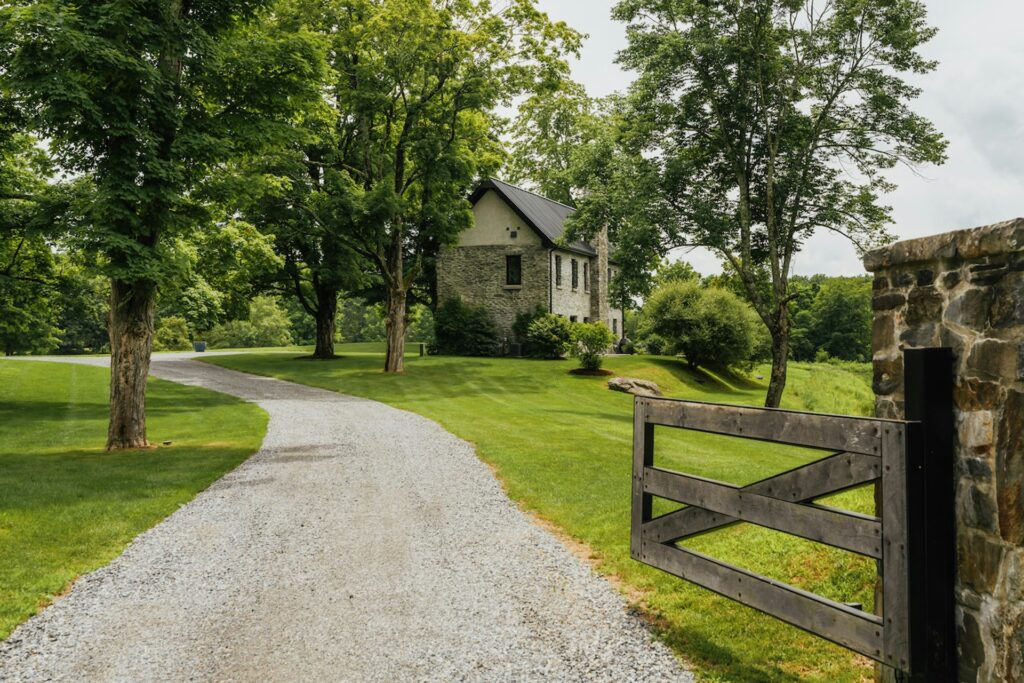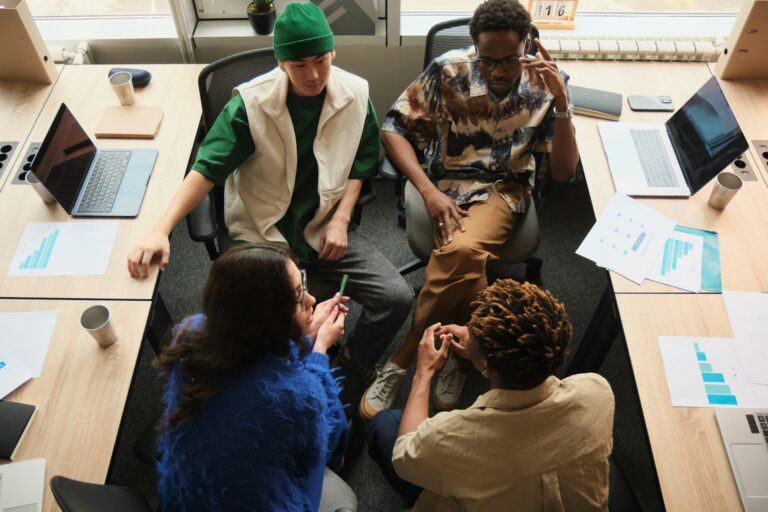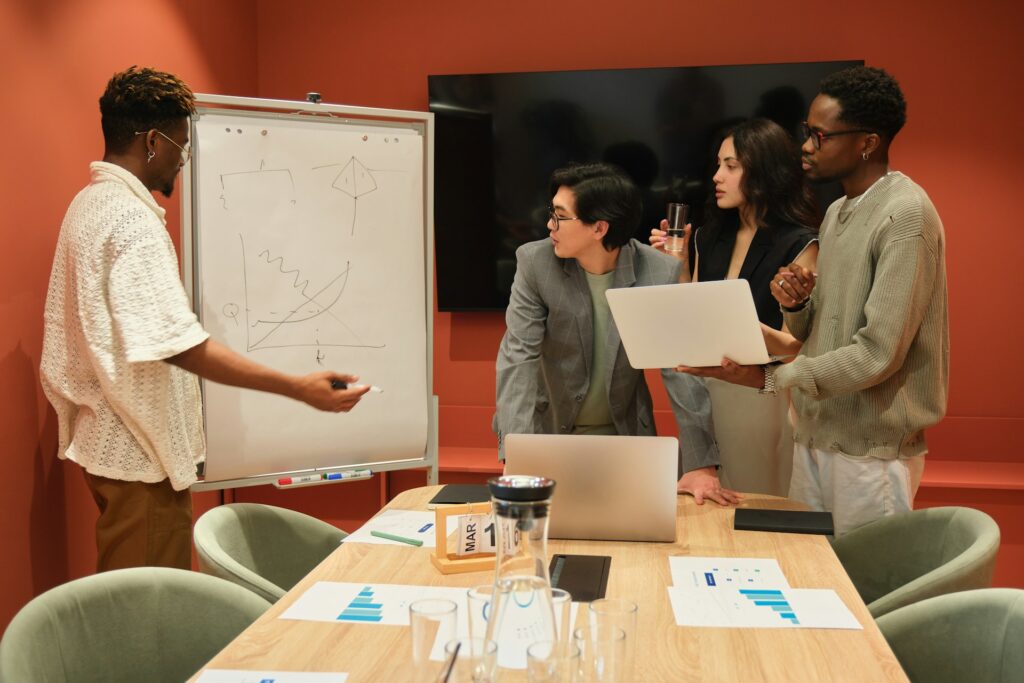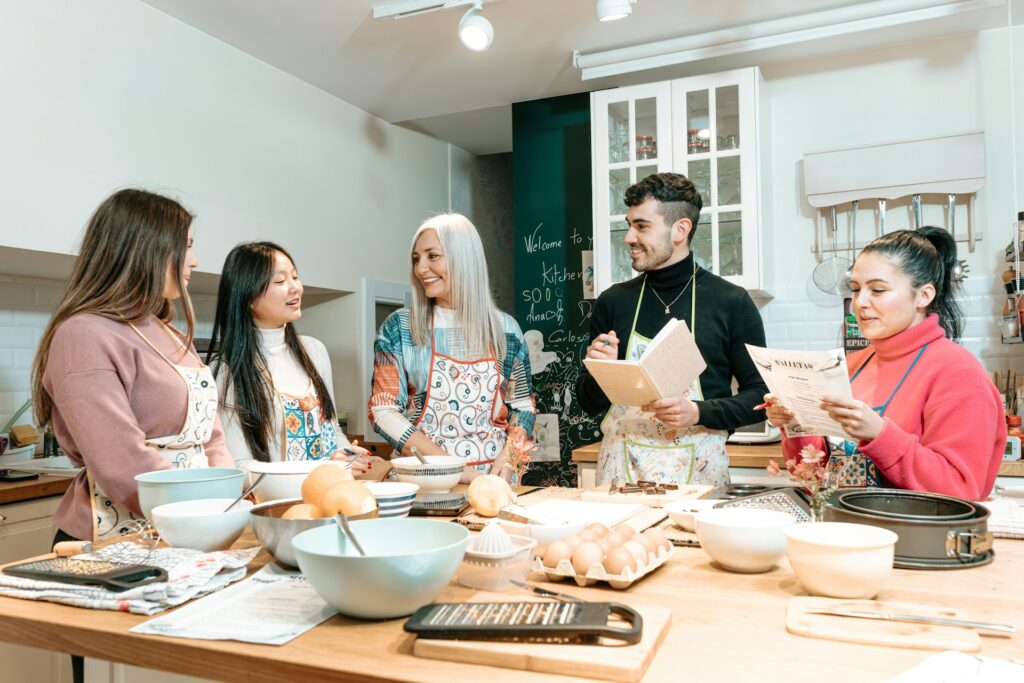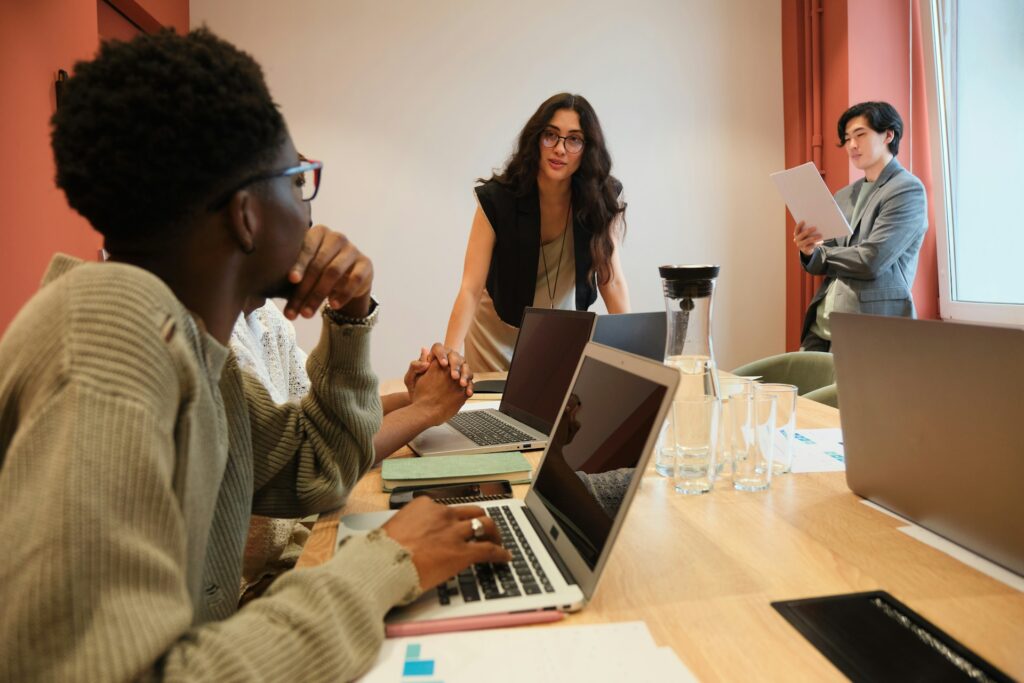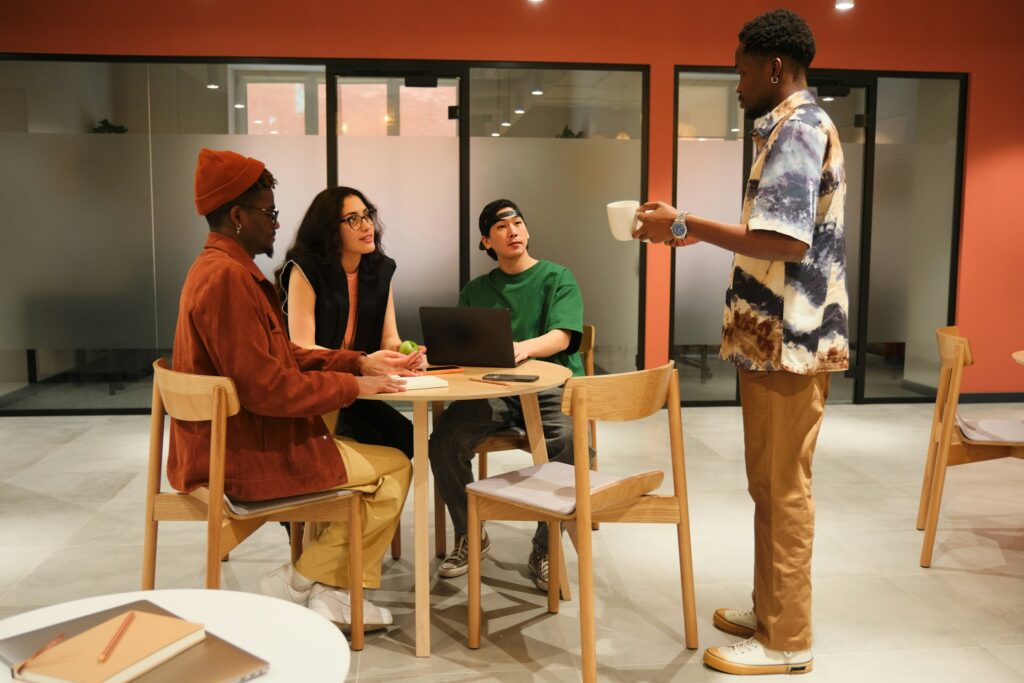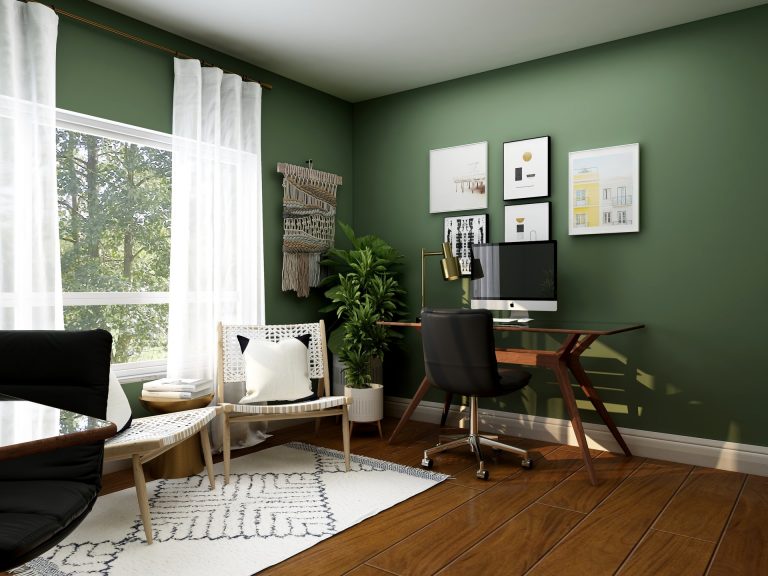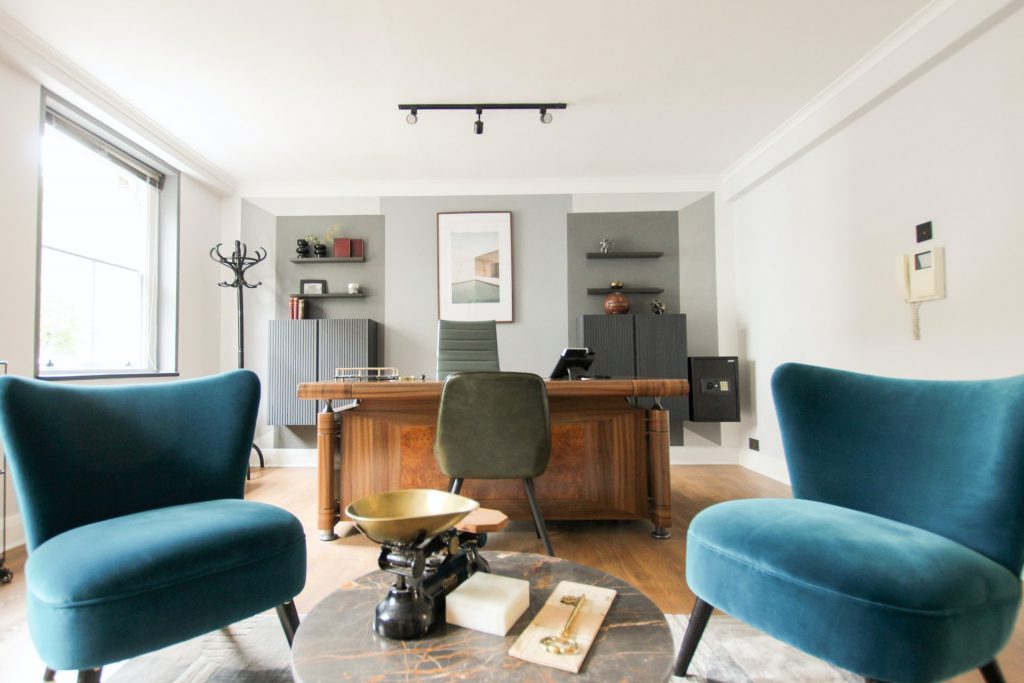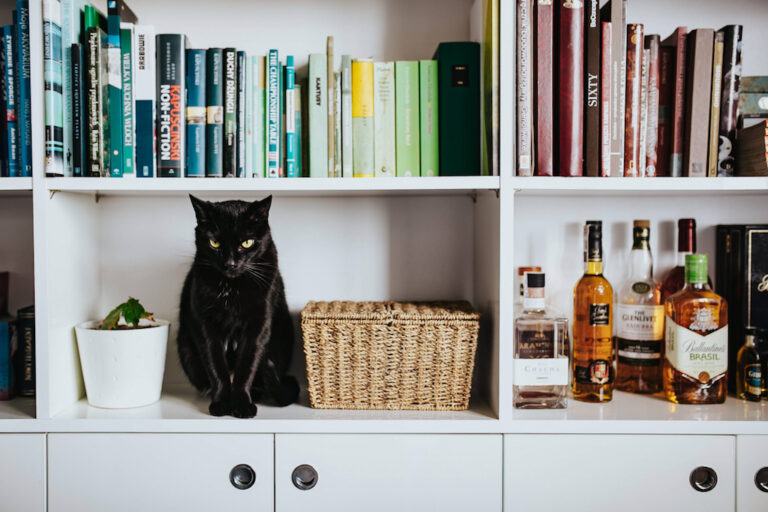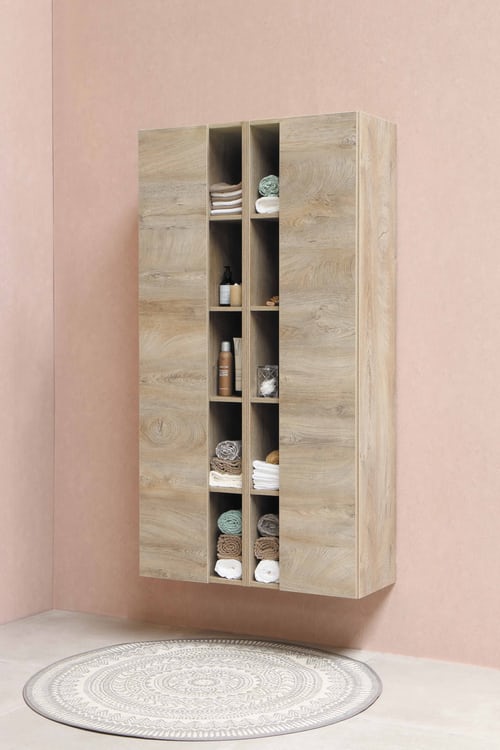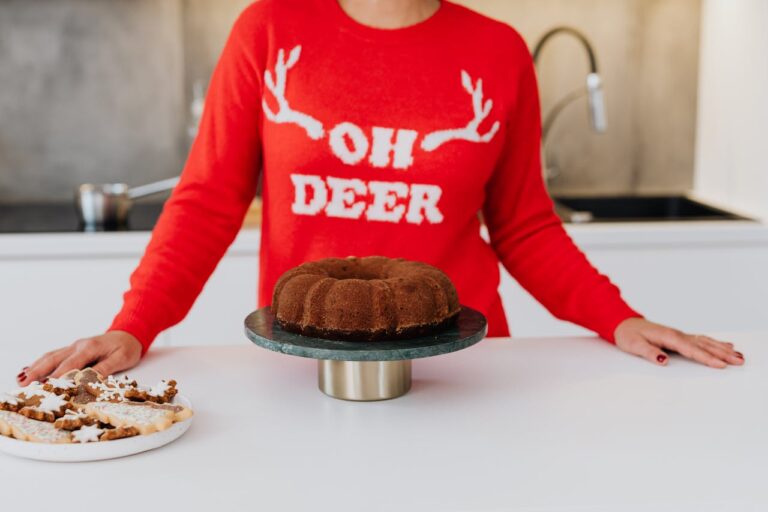Across London over the previous decade, there was a tendency for the authenticity obsessed, produce-pedants of the Big Smoke to look down their 00 flour-tipped noses at the ‘New York’ style pizza.
Sure, we were content with a 330ml IPA, some deep Derrick May cuts, and a sturdy slice of the good stuff once the clock passed midnight and standards slipped. But if superlatives were getting dished out towards pizzas in London, it was usually in a Neopolitan direction. Whether that was aimed at Pellone, Salvo, Chionchio or Condurro largely depended on which pizzeria was closest, but the praise followed a similar script – of San Marzano tomatoes, 58-65% hydration, and 13.8 inches.
Fortunately, London’s pizza scene feels like it’s loosened up in recent years. The pie purists have begun experimenting and have found that, sometimes, in a city this big, there’s room for a more diverse set of marriages between dough, tomato and cheese.
Though our two favourite neo-Neapolitan and New York by-the-slice joints have now sadly closed, (RIP ASAP Pizza and Paradise Slice), there’s still plenty of joy to be found in London’s crisper, thinner based brethren.
With that in mind, today we’re exploring London’s best New York style pizzas, pie-by-pie and slice-by-slice.
*Yes, we realise some of the below aren’t strictly New York pizzas, and may even bring a touch of the ol’ New Haven across the dough, but these guys are closer to the New York style than the Neapolitan, the two key totems of the genre. Soz.*
Alley Cats Pizza, Marylebone & Chelsea
Ideal for a taste of London’s most hype new New York pizza…

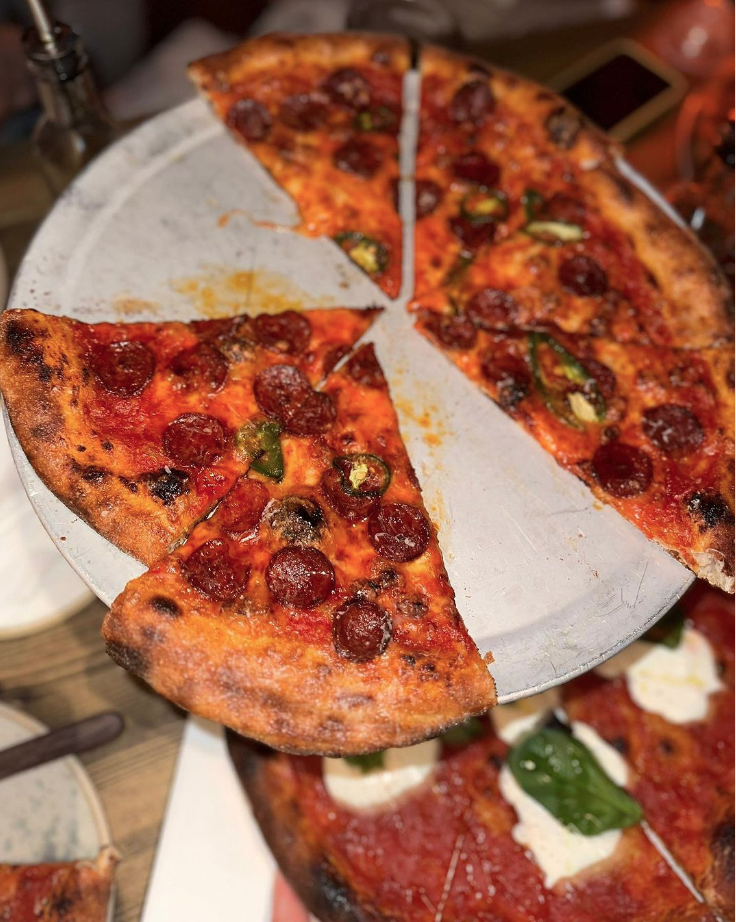
If you’re on the hunt for a slice of New York in London, look no further than Alley Cats Pizza in Marylebone. This bustling pizzeria only opened its doors in January of this year, but has quickly become one of the city’s go-to spots for authentic New York-style pizza. And that’s why you’re here right?
The mastermind behind the 14 inches here is Francesco Macri, a Sicilian-born pizza specialist whose impressive resume includes stints at Pizza Pilgrims and Santa Maria. At Alley Cats Pizza, you’ll find a menu that boasts plenty of west-leaning pizzas, including the signature vodka pizza, a creamy concoction of buffalo mozzarella and tomato sauce enriched with vodka, inspired by the iconic pasta dish penne alla vodka.
With design details like wipe-clean gingham tablecloths and church-pew style seating, you’ll feel like you’ve stepped into a classic New York pizzeria here. The open kitchen extends into the bar area, allowing diners to witness the magic of pizza-making firsthand. And while traditional New York pizzerias might serve their pizzas by the slice, Alley Cats opts for a whole-pie approach, with prices ranging from £17 to £21. This one, then, is for sharing.
And this fairly recently in; Alley Cats have now opened a second branch on Chelsea’s King’s Road. Perhaps it might be a little easier to actually snag a table now!
Address: 22 Paddington St, London W1U 5QY
Address: 342 King’s Rd, London SW3 5UR
Instagram: @alleycatspizzalondon
Website: alleycatspizza.co.uk
Spring Street Pizza, Borough
Ideal for Michelin-honed 18 inchers…
When a former Michelin-starred chef decides to sling New York-style pizza from a Southwark railway arch, London pays attention. Tom Kemble (ex-Bonhams and The Pass) opened Spring Street in April after his lockdown pizza project became an all-consuming obsession, and now he’s serving 18-inch monsters that you can buy by-the-slice like a true East Coaster.
The 72-hour fermented dough using an Italian biga method (the dough is pre-fermented for a good 18 hours before a longer ferment in the fridge for a couple of days) sounds like a lot, but it delivers a base with fantastic structural integrity – crispy underneath yet still foldable enough to do that whole one-handed-fold-while-walking thing.
Pizzas are all served as full sharers, but you can go for a half-and-half option toppings wise, which is a nice touch. True to form, we’re particularly enamoured with the New Yorker, which takes the now totally ubiquitous hot honey and pepperoni combo up several notches with soothing fior di latte, jalapeños and drifts of good quality pecorino. Sure, it’s £32, but the quality of the ingredients and size of the damn thing make it acceptable value.
Tucked into Arch 32 next to Omeara bar, it’s five minutes from both London Bridge and Borough stations, with outdoor seating where you can demolish pizza while trains rumble overhead every few minutes, safe in the knowledge that the structural integrity of these pies won’t be disturbed by your rattling table. They’ve even got gildas to start and Estate Dairy soft serve with olive oil drizzle for afters, again setting out their stall as a pizzeria that takes their ingredients very seriously.
Tuesday to Sunday, noon to 10pm.
Address: Arch 32, Southwark Quarter, Southwark St, London SE1 1TE
Instagram: @springstpizza
Website: springstpizza.com
Dough Hands at The Spurstowe Arms, Hackney
Ideal for a fleeting flavour of New York pizza perfection…
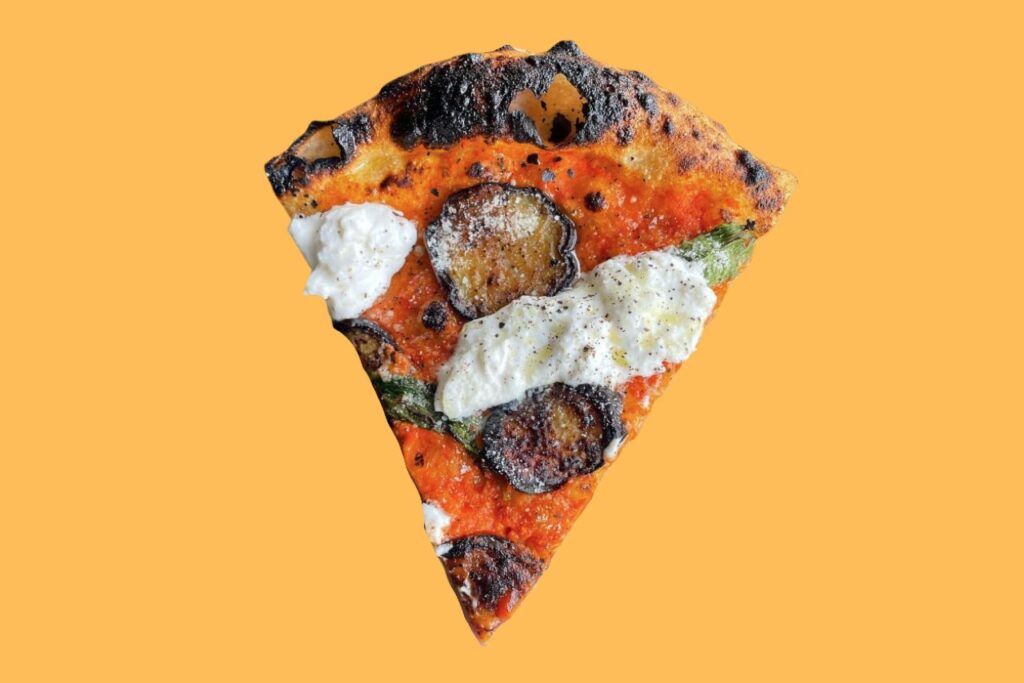
Even more evanescent than a canotto crust pre-exhale, the team at Dough Hands have made a big name for themselves in the London pizza game with periodic pop-ups across the city in recent years, from their inaugural spot at Brixton Market in the pre-COVID blessed times, all the way to, confusingly, a spell at the Three Colts at the tail end of last year, where 75 Slices have since pitched up.
Dough Hands has now settled in for a (hopefully) long term residency at the Spurstowe Arms in Hackney. We couldn’t be more excited to be trying chef Hannah Drye’s signature ‘Jode’ again, a spicy little number with nduja, hot honey and buffalo mozzarella. Open 7 beautiful days a week, it’s walk-in only.
And an exciting update for 2025; Dough Hands have opened a second permanent kitchen, this time south of the river in The Old Nun’s Head in Nunhead. The Spurstowe outpost is now billed as ‘East’, Nunhead as ‘South’. Makes sense.
Address: 68 Greenwood Rd, London E8 1AB
Address: 15 Nunhead Grn, London SE15 3QQ
Instagram: @doughhandspizza
All Kaps Pizza, London Fields
Ideal for affordable, delicious slices of the good stuff…
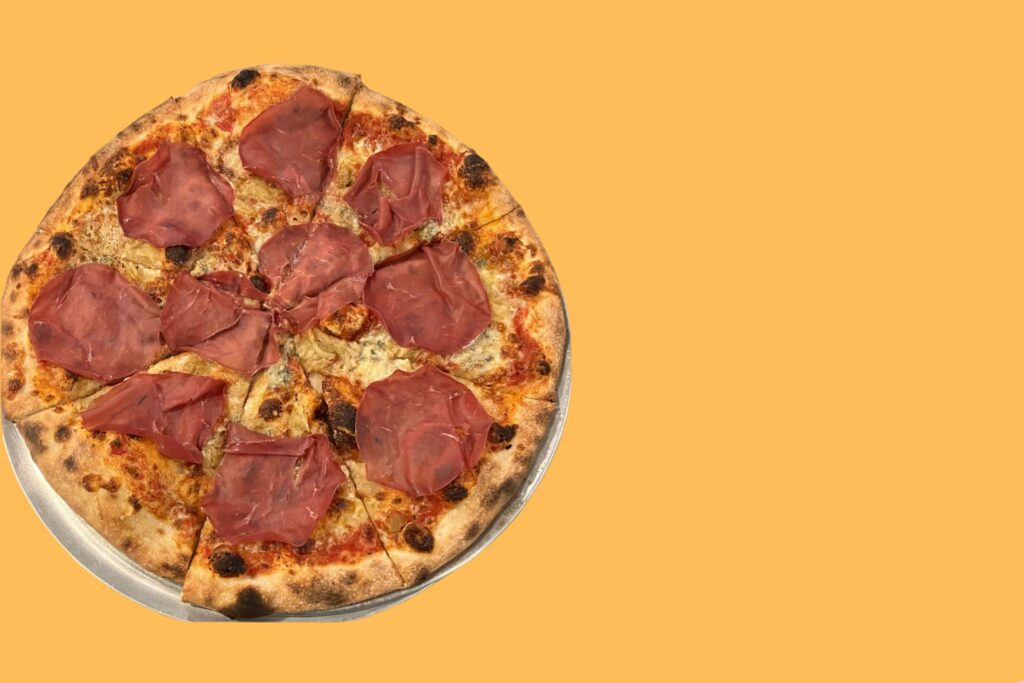
Another pizza pop-up with claims at the crown of best NY-style pizza in London, All Kaps Pizza at Papo’s Bagels in Dalston was one (or two, or three…impossible to resist as they are) stunning slice of pizza.
Available by the slice or as a whole 16 inch take home pizza, All Kaps was an inclusive, democratic affair; those slices start clocking in at just £2 which, in today’s economy, is basically giving them away. Though the Pepp Pie – a rich red sauce, mozzarella, provolone, and properly spicy pepperoni – is a crowd pleaser and surely the best seller (it’s often sold out come late afternoon), we’re even more enamoured with the garlic cream-based slices. A recent green sauce and shiso topped affair was a real ripper.
We’re speaking in the past tense here because, for the best part of a year, All Kaps has been on hiatus. But, whisper it, the esteemed pizza slingers are back! After a period on hiatus, All Kaps Pizza is back and better than ever, though they’ve evolved their operation significantly. No longer the slice-slinging setup at Papo’s Bagels, All Kaps has shifted to a preorder-only model focused on whole pies.
The acclaimed pizza makers now operate from a new kitchen space that isn’t accessible to the public, meaning their famous £2 slices are no longer available. Instead, they’re focusing on whole pie preorders that open every Tuesday afternoon for Sunday collection. You can order up to three pies per time slot, with pickup at their new location near London Fields.
The quality that made All Kaps a crowd favourite remains unchanged. Their signature Pepp Pie – featuring rich red sauce, mozzarella, provolone, and properly spicy pepperoni – is still available, alongside their beloved garlic cream-based options that previously wowed slice enthusiasts. Preorders open Tuesday at noon for the following Sunday. Choose your pickup time slot (your pizzas will be hot and ready then), order up to three pies, and collect at the designated time with your order code. It’s all a little mysterious (a masked man arrives wielding your pizza boxes and doesn’t speak a single word), but it’s still the tip top pizza we’ve come to love All Kaps for.
The team is working on delivery options, but for now, it’s pickup only at their new East London location – about a 10-minute walk from London Fields or 3 minutes from Cambridge Heath station.
Address: 22-27 The Oval, E2 9DT
Website: allkaps.pizza
Instagram: @1900allkaps
Vincenzo’s, Bushey
Ideal for a spicy, satiating slice where Harrow meets Hertfordshire…

Bang on the border with the London borough of Harrow, Vincenzo’s in Bushey, Hertfordshire, does such a good pizza that we’re stretching the very limits of what the “best New York style pizza in London” can be.
Available in 12 inch and 18 inch pies, to eat in or to take out (that is the question), the base here is thin and with just the right level of resilience, the crust gently puffed yet pliable.
We’re here, time and time again, for Vincenzo’s Raging Hog (sounds like a fucking weird innuendo), which is a carefully-composed, assertive though not aggressive balancing act of aged mozzarella, tomato sauce, and heat brought by pepperoni, hot and sweet roquito peppers and chilli honey. It’s that sweetness from the bee piss that tempers the more fiery notes here. Fresh basil, sniped and scattered, rounds it all off. Magic.
If we’re stretching the definition of ‘London’ pizzas further still, then do check out Gracey’s Pizza over in St. Albans, too. A phenomenal Neopolitan/New York hybrid, it’s well worth leaving the big city for.
Address: 42 High St, Bushey WD23 3HL
Website: vincenzospizzas.com
Instagram: @original_vincenzos_pizza
Crisp Pizza, Hammersmith *as of October 2025, temporarily closed*
Ideal for trying London’s hottest pizza, New Yorker, Neapolitan or otherwise…

Quite possibly London’s hottest pizza (not temperature wise – that would be Fatisa in Wood Green, of course) right now, the queues for this humble Hammersmith pub-cum-pizza purveyor tells a story. A story of Londoners keen to delve deeper than the Neopotlian culinary diktat, of discerning diners seeking a slice that won’t fold so dramatically that their starched white shirts get splattered in marinara sauce.
Enter the prosaically, aptly named Crisp Pizza, a pub-based pop-up inside the Chancellors that has been dubbed London’s best pizza by just about everyone from GQ to the Evening Standard’s Jimi Famurewa.


Boasting a base that simply won’t budge under the weight of its admirably restrained toppings, a good covering of Roni Cup pepperoni and wefts of grated parmesan are all you need to let you know you’re eating a New York adjacent pie. That, and the gravity-defying nature of the slice. Oh, and the literal name of the place – these are certainly crispy boys, and damn delicious, too.
A quick heads up – or rather, several heads up; though you can usually buy full pizzas here, on Saturdays when Fulham are at home, Crisp Pizza becomes a slice-only slinger. It’s also highly recommended that you book a table or pre-order your pizzas for pick-up in advance via phone call, text, or on the Store Kit app (all of which are on their Instagram). Should a table not be for the taking, then you’ll see plenty of folk pitched up on the kerb outside, pizza box in hand and a look of wild anticipation in their eyes…
…the wait will be worth it.
Friday lunchtime walk-ins (start queuing at about 11:30am for a midday opening) are the best times to get in quickly and easily, we’ve found.
*Major announcement: Crisp Pizza is making its highly anticipated move to Mayfair, taking over The Marlborough on North Audley Street. The expansion comes with backing from The Devonshire’s powerhouse trio – Charlie Carroll, Ashley Palmer-Watts and Oisín Rogers – who are helping create a downstairs speakeasy for pizza alongside an upstairs traditional pub experience, featuring their signature perfectly-poured Guinness. Set to launch in early October, this partnership between two of London’s hottest culinary spots is shaping up to be the most significant restaurant opening of the year.
For the time being, the Hammersmith location is closed, but this isn’t believed to be permanent*
Address: 25 Crisp Rd, London W6 9RL
Instagram: @crisppizzaw6
Website: Crisp W6 at The Chancellors | Menu
Gracey’s Pizza at Arcade Battersea
Well, perhaps you don’t need to leave London after all, as Gracey’s Pizza has finally brought their celebrated pies back to the capital with an extended pop-up at Arcade Battersea running throughout 2025.
This is the culmination of years of graft that began during the COVID years – 12 months of slinging pizzas outdoors in sideways rain and arctic temperatures from a mobile setup, before establishing their acclaimed bricks-and-mortar base in Chiswell Green. The team’s dedication to perfecting their East Coast-inspired style, informed by trips to New York and New Haven plus collaboration with like-minded pizza makers across the UK and US, has clearly paid off.
At Arcade Battersea, you’ll find some of Gracey’s signature offerings including the Plain Tom and Smokey Ron, alongside the Sweet Vera – an exclusive collaboration special topped with house sausage, sweet Italian peppers, and shallots that’s only available at this location. The New Haven influences shine through in their approach to crust and char, while the New York DNA is evident in the structural integrity and generous proportions.
What makes this particularly exciting is that it marks Gracey’s first return to London’s Zone 1 in years, bringing their much-lauded pizza expertise to one of the city’s buzziest food destinations. The fact that the original pop-up proved so popular it’s been extended into 2025 speaks volumes about the quality on offer.
Pair your pizza with selections from the Arcade bar – beers, wines, and cocktails all complement these East Coast-inspired beauties perfectly.
Address: 1st Floor, 330, Battersea Power Station, Circus Rd S, Nine Elms, SW11 8DD
Website: graceyspizza.com
Instagram: @graceyspizza
Voodoo Ray’s, Dalston & Peckham
Ideal for late night slices…
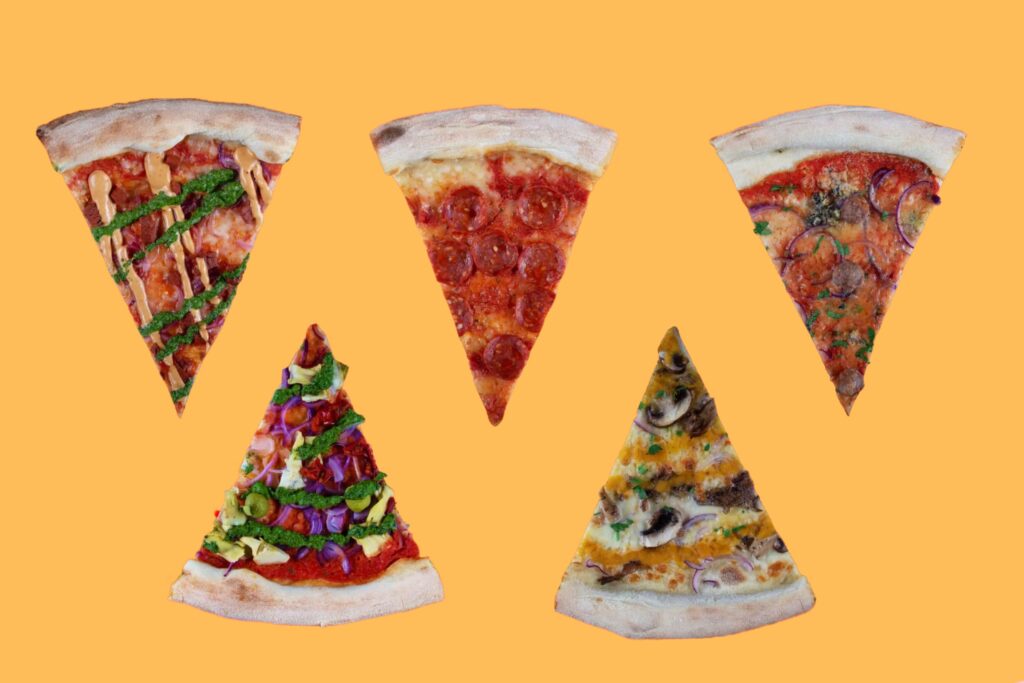
Such is the scarcity of London’s New York-style scene that Dalston’s Voodoo Ray’s feels like a proper veteran of the landscape. Now entering their second decade of slice slinging, the self-proclaimed OGs of NYC pizzas must be doing something right; they now have a second branch in Peckham and another in Manchester.
Here, the main draw is their obscenely sized single slices, with two the equivalent of a whole 11 inch pizza. Though they do sell whole 22 inch pies for taking away and sharing, you’ll more likely find us leant against a weeping wall in the corridor-like space of the Dalston branch in the early hours (open ‘till 2am on the weekends, these guys), clutching a slice of their gorgeous Queen Vegan – no fake cheese here, just heaps of vegetables – and pontificating about life’s larger questions. Like, ‘’shall we order another slice?’’.
Address: 95 Kingsland High St, London E8 2PB
Instagram: @voodoorays
Website: voodoorays.com
Yard Sale Pizza, Various Locations
Ideal for award-winning, enormous pies…

A synthesis style of New York and ‘London’ Neapolitan pizzas, Yard Sale is one of the city’s most ubiquitous pizza brands. But their omnipresence hasn’t dampened the quality of their pizzas, with the restaurant group winning a slew of awards recently, including being voted Best Value Eats in the Observer Food Monthly awards in 2022 and London’s favourite pizza in Time Out’s inaugural Clash of the Slices in 2022.
Whilst not perhaps quite as thin and flexible as you came seeking in this article, and cooked in a brick static oven rather than a deck, the by-the-slice nature of Yard Sale definitely renders them worthy of a mention. That, and they’re damn delicious.
Address: Various. Find your nearest branch here
Website: yardsalepizza.com
Instagram:@yardsalepizza
Bad Boys Pizza Society, Seven Dials Market
Ideal for carefully composed, beautifully balanced pizzas…
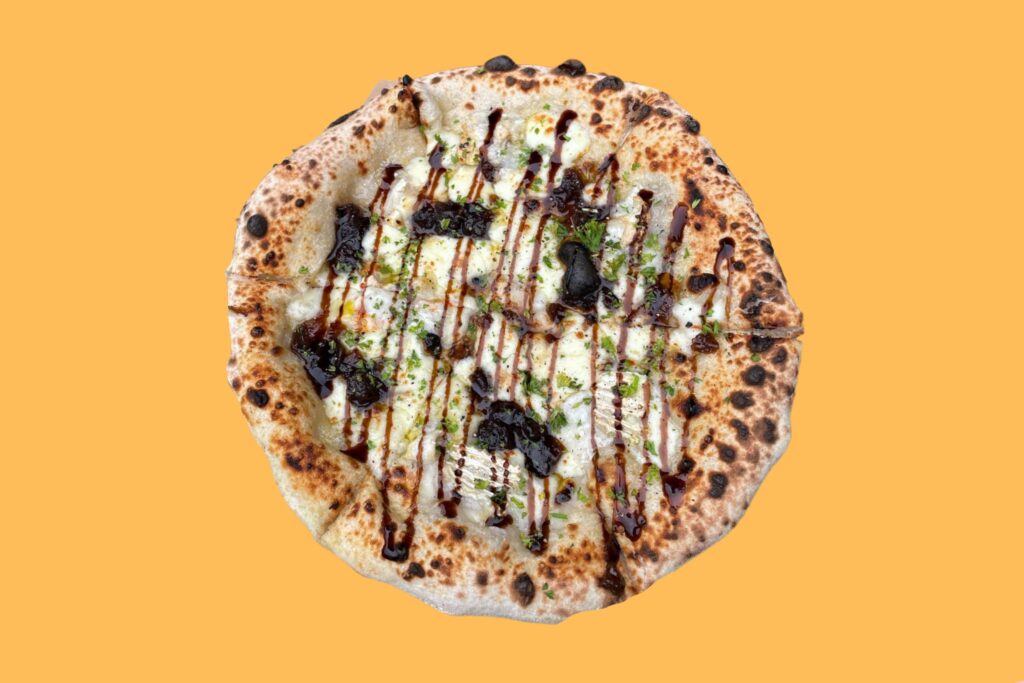
Though you’ll find the good guys from Bad Boys Pizza Society at London Bridge’s Vinegar Society, as well as in Tulse Hill, it’s at Covent Garden’s Seven Dials Market that the pizza group has turned their attention to New York style slices.
It’s a tight menu of just four pies here, the generosity reserved instead for the 22 inch pies, which boast a raft of finely balanced toppings. Ours is the rather unappealing sounding Crusty Old Goat, a goat’s cheese and caramelised onion number that’s brought to life with a sticky balsamic glaze and plenty of freshly cracked black pepper. Yours for £5.50, or grab three slices for £13.
For those living south of the river, these boys have recently popped up at The Railway in Tulse Hill, and will be slinging for the foreseeable. Rejoice!
Address: Seven Dials Market, 35 Earlham St, London WC2H 9LD
Instagram:@badboypizzasoc
Website: badboypizzasoc.com
Read: The best restaurants in London’s West End
World Famous Gordos at Brick Brewery, Peckham
Ideal for superb slices centred around nostalgia…
A New York-adjacent pizza operation baking thin, structurally sound pies from the humble confines of a neighbourhood pub kitchen? Someone seems to have their script stuck on repeat here, but that’s not to say that the concept feels tired yet (okay; we’re getting close to feeling a little sleepy here).
And so it is to Peckham Rye and into the warm embrace of the Brick Brewery, where from Tuesdays to Sundays, World Famous Gordos are slinging single slices of real poise and precision, with a few inventive twists on traditional toppings keeping things interesting.
A recent slice of buffalo chicken and mozzarella, with both buffalo and blue cheese sauce spaffed across its surface, was ace; a crisp, digestible dough marking it out as a genuinely delicious thing rather than the product of a late night fridge raid. Even better on the same visit, a tribute to Coney Island hot dog culture saw a slice of the standard mozzarella and fior di latte base given lift off with chopped hot dogs, chilli beef, chopped raw white onions and a zigzag of mustard.


Sure, there’s a lot of ‘spesh’ and ‘boi’ in the Insta vernacular, and Eating with Tod might praise these pies for being ‘dirty’, but they’re genuinely gold-standard in their delivery, with the more experimental, nostalgic American toppings a welcome change from a pie culture that’s become homogenised and samey surprisingly fast in the city.
You’ll also find World Famous Gordos doing their thing out of Netil Market, selling slices from 11am every day until they sell out.
Address: 209 Blenheim Grove, London SE15 4QL
Instagram: @worldfamousgordos
Website: worldfamousgordos.com

